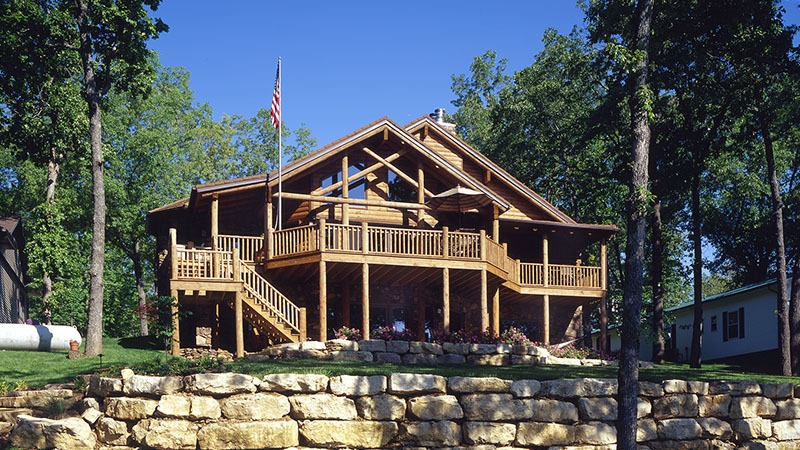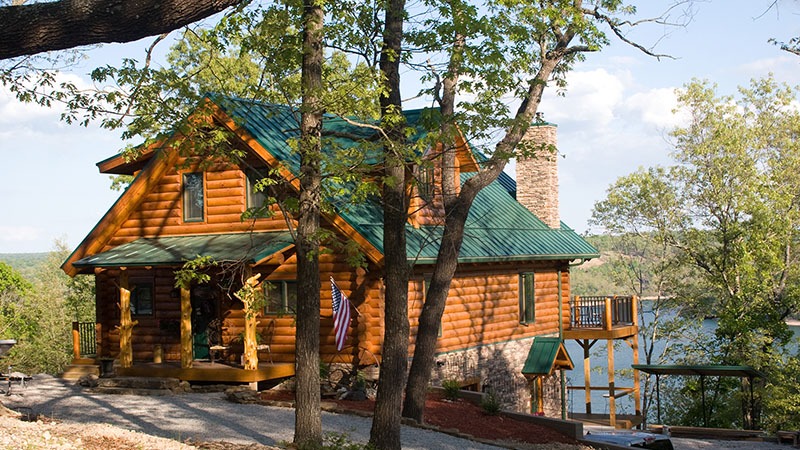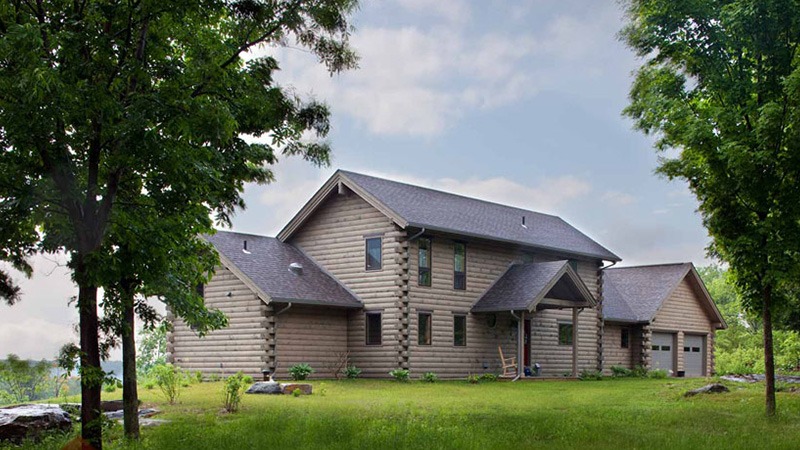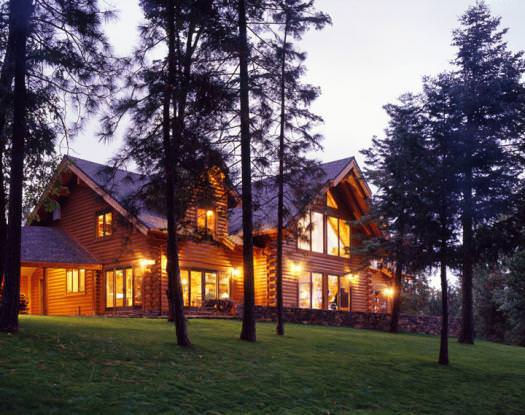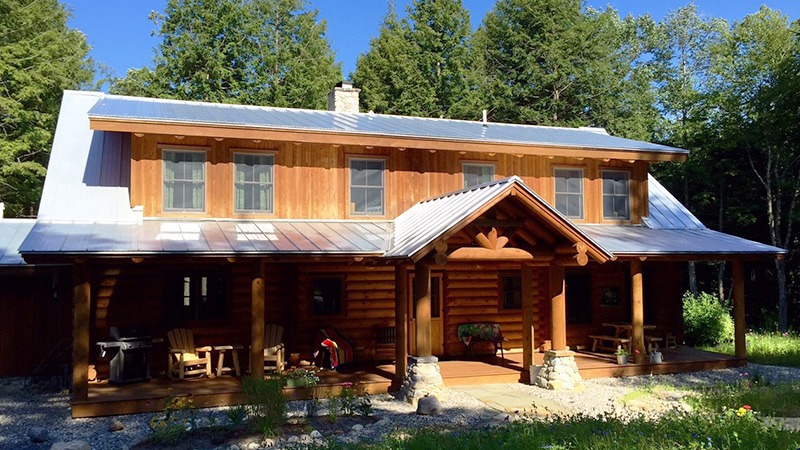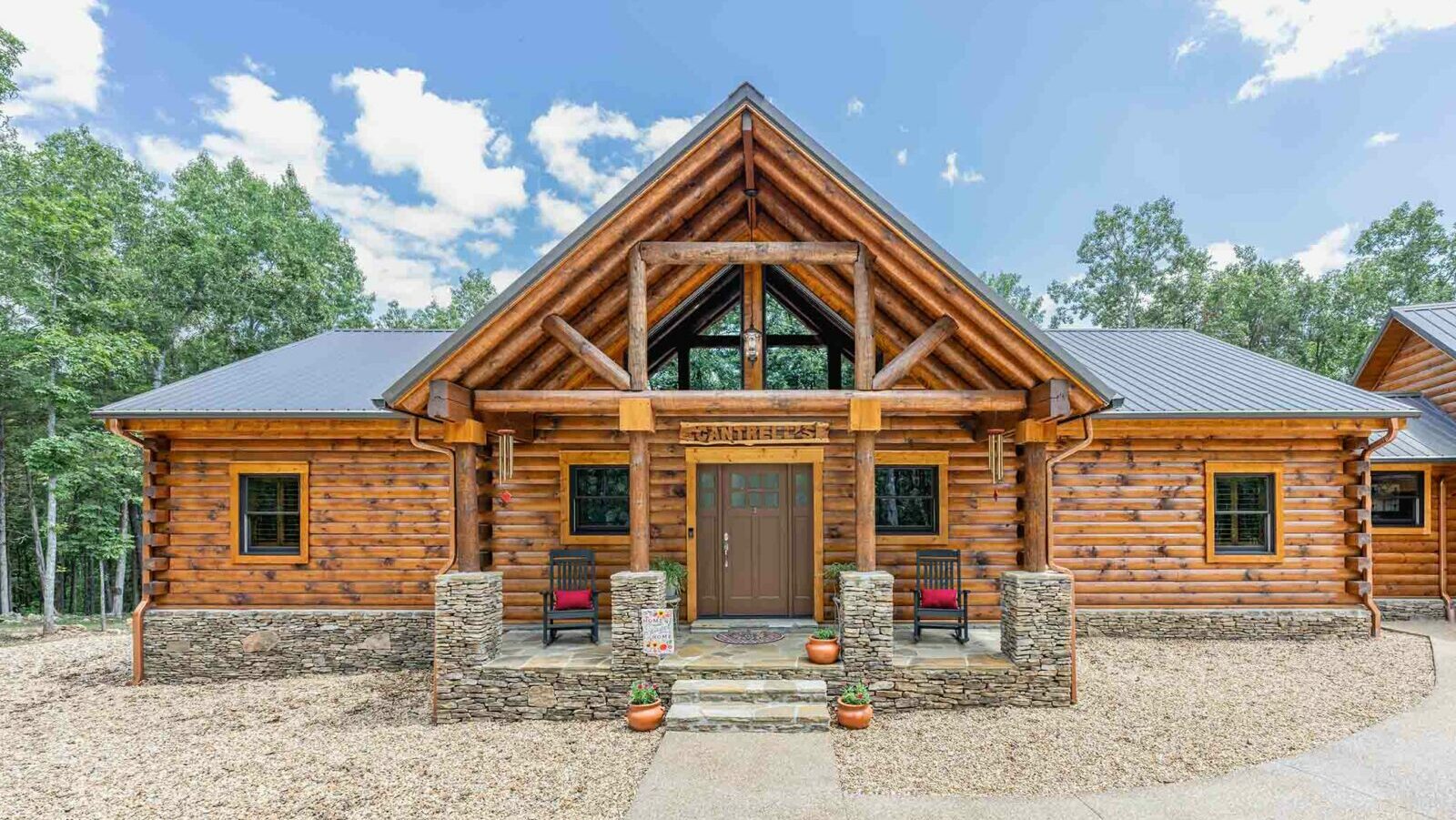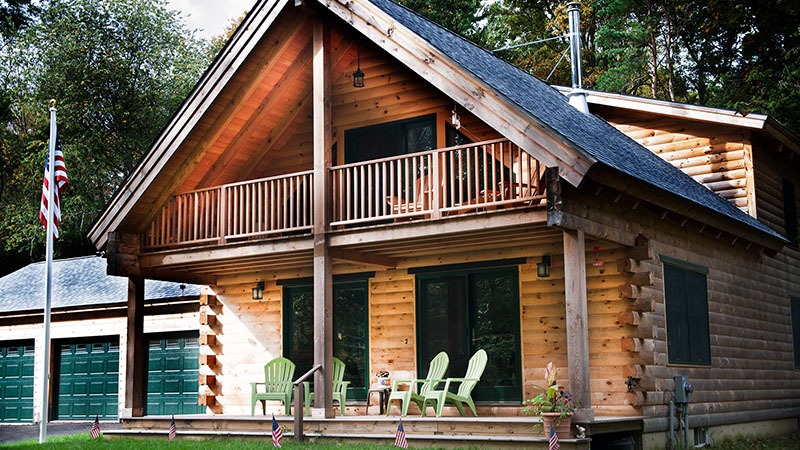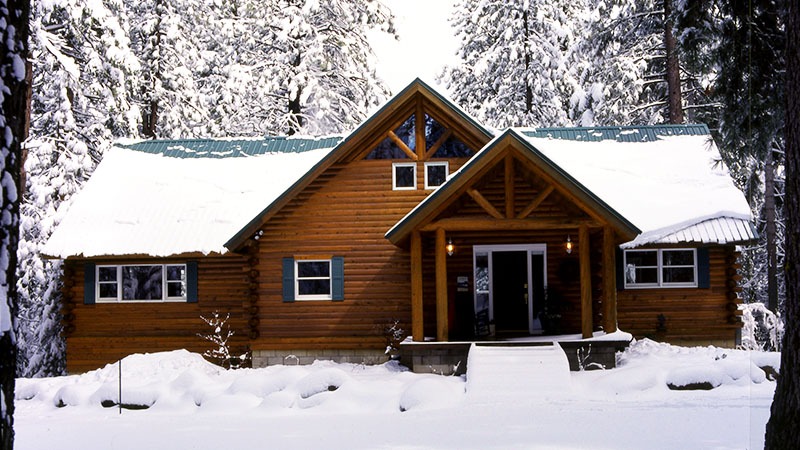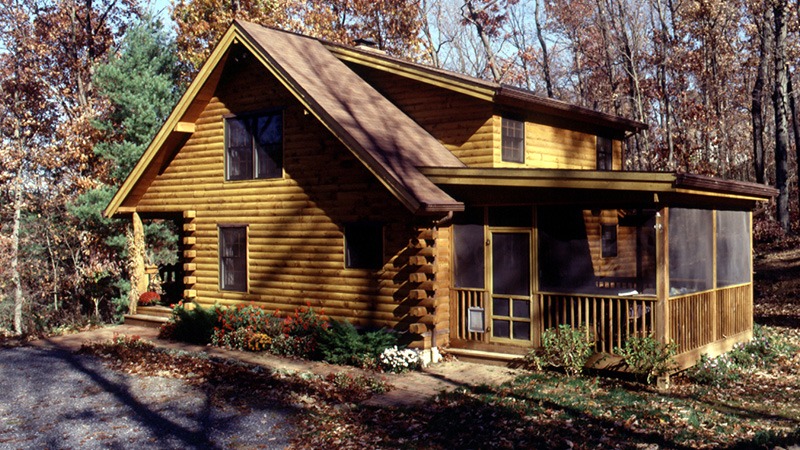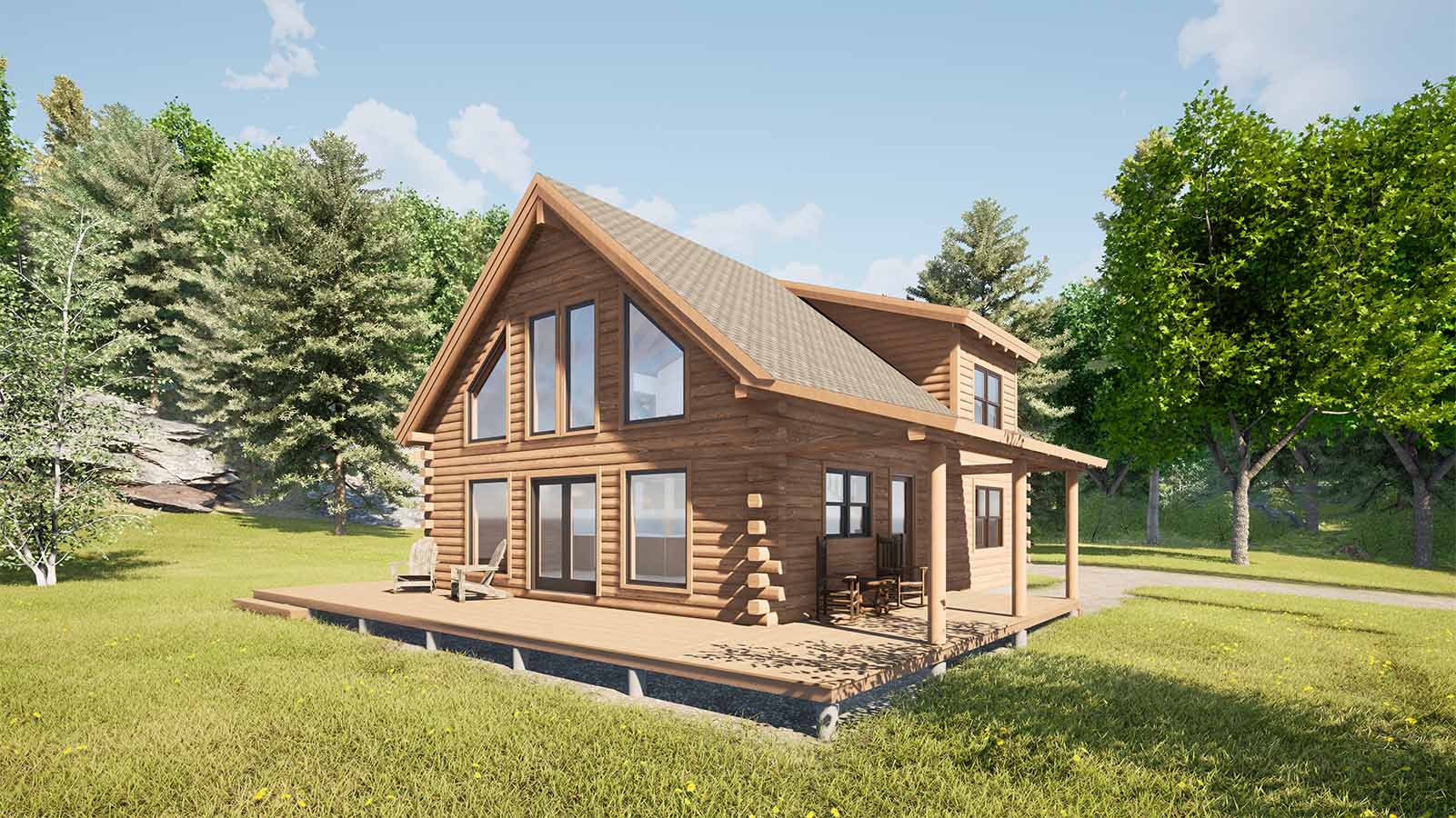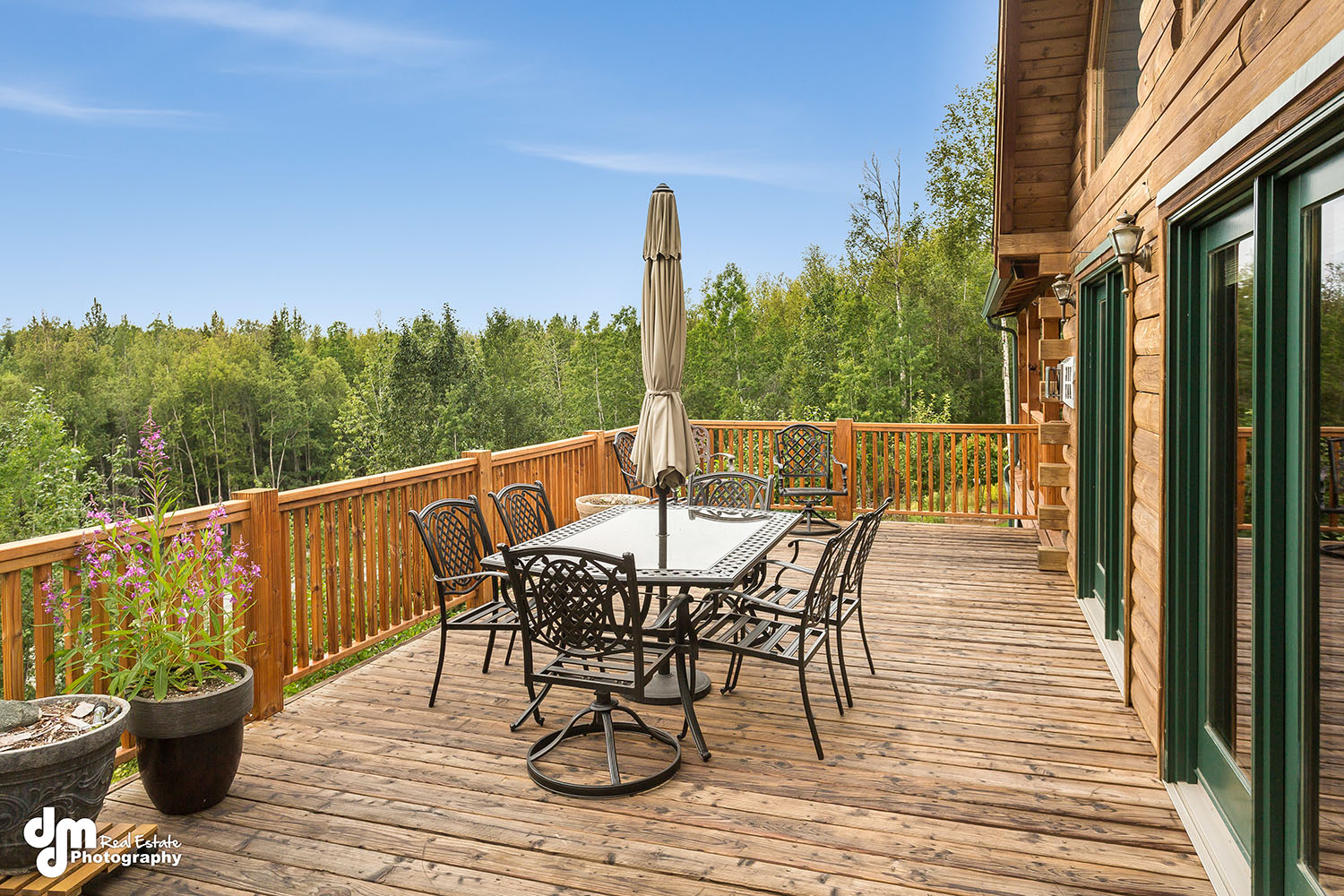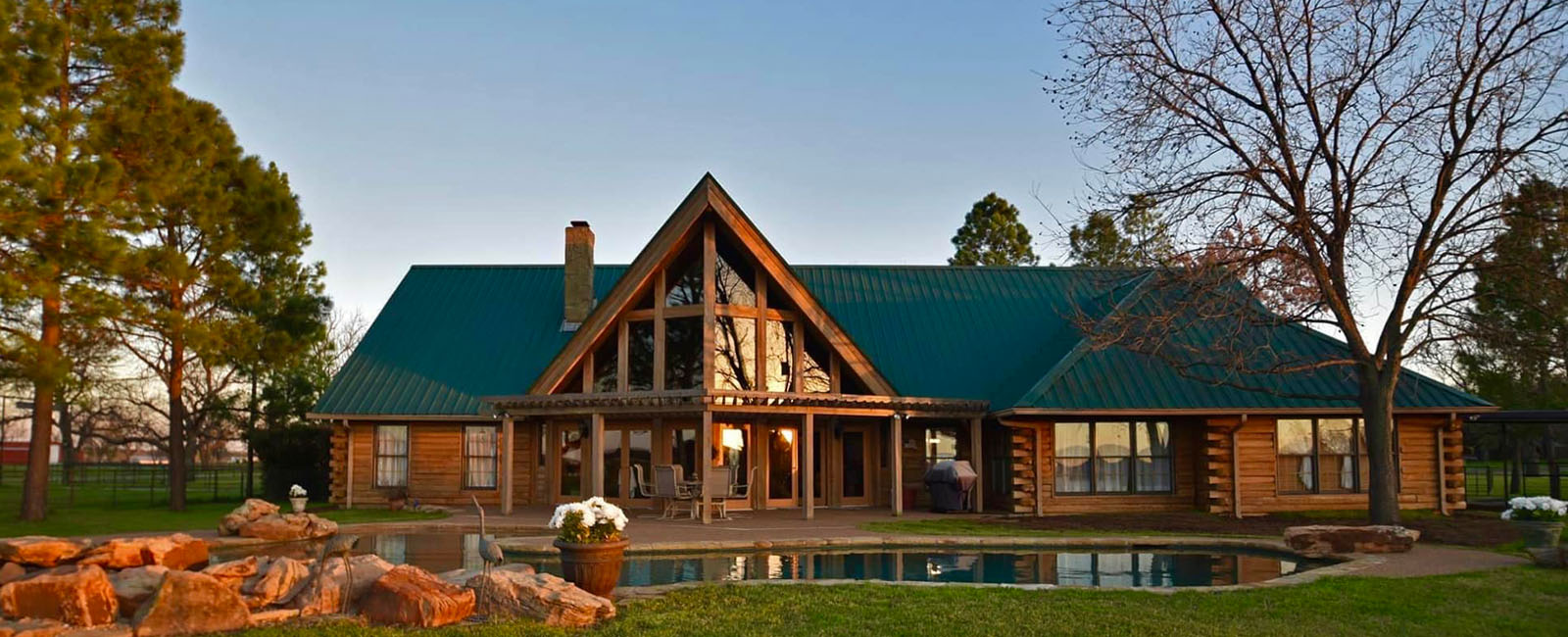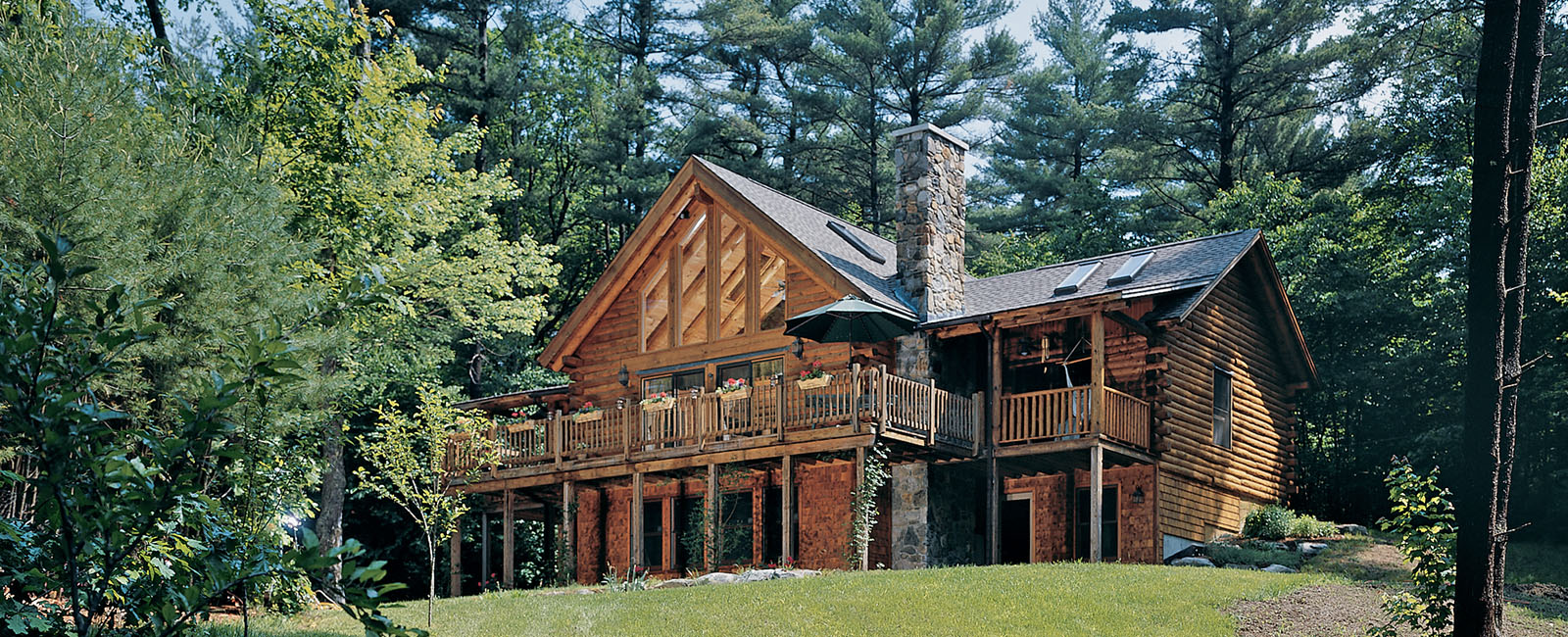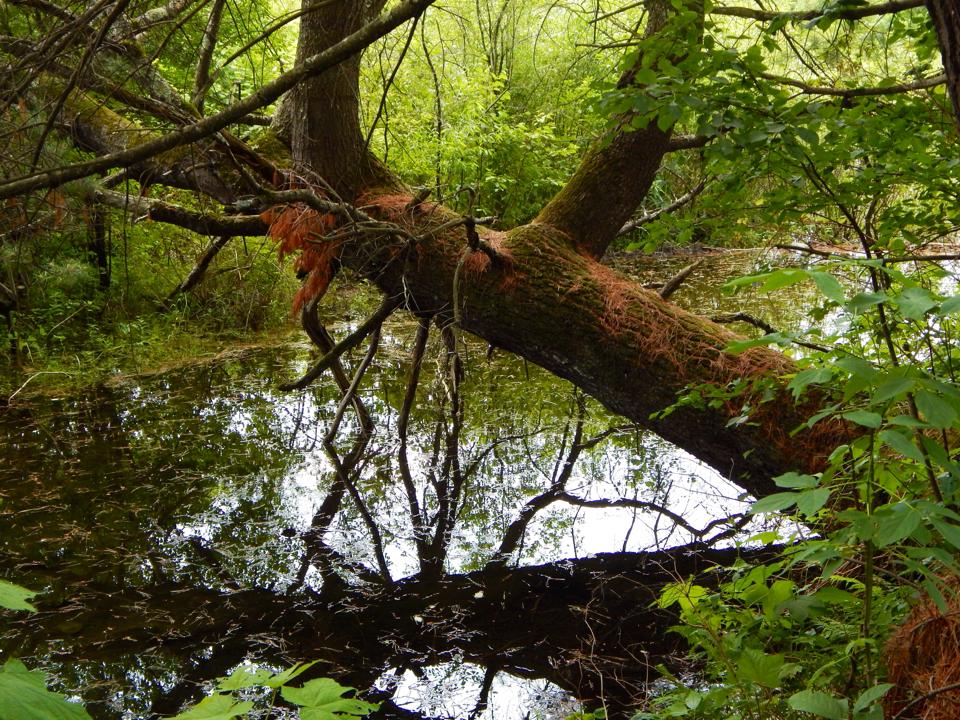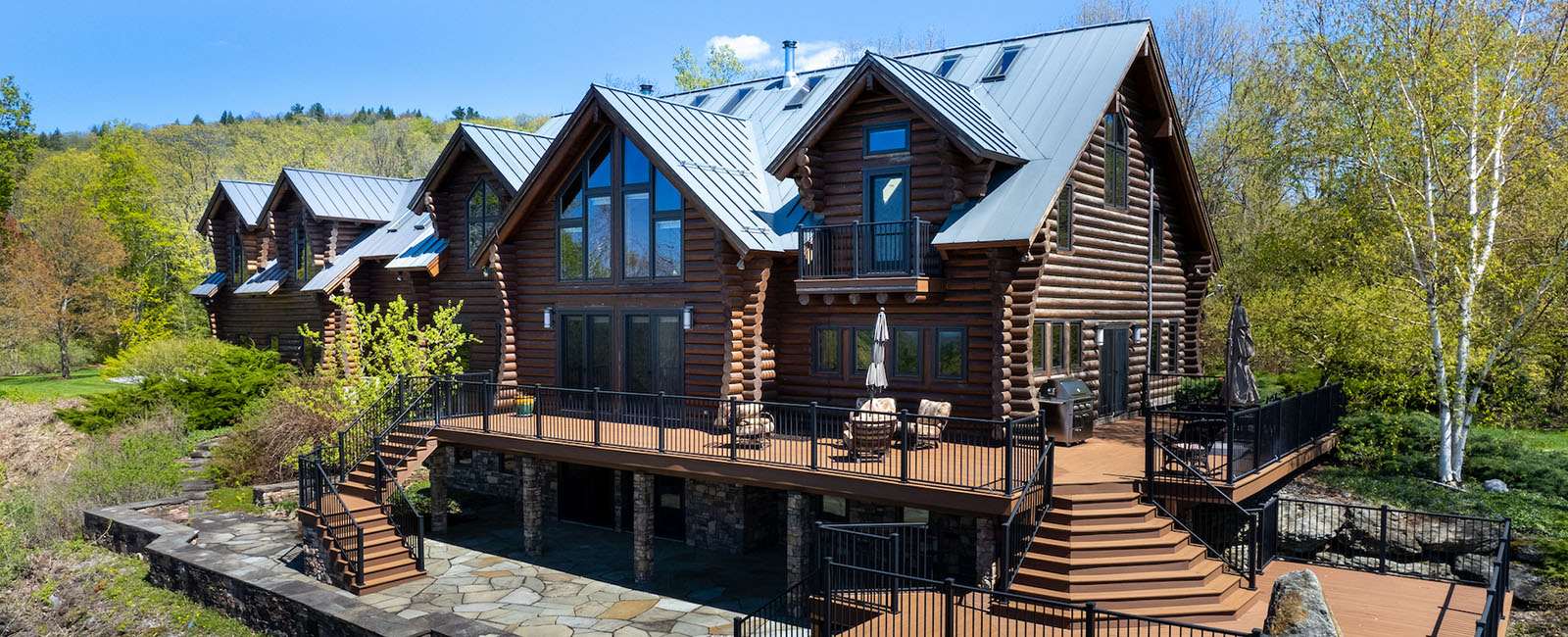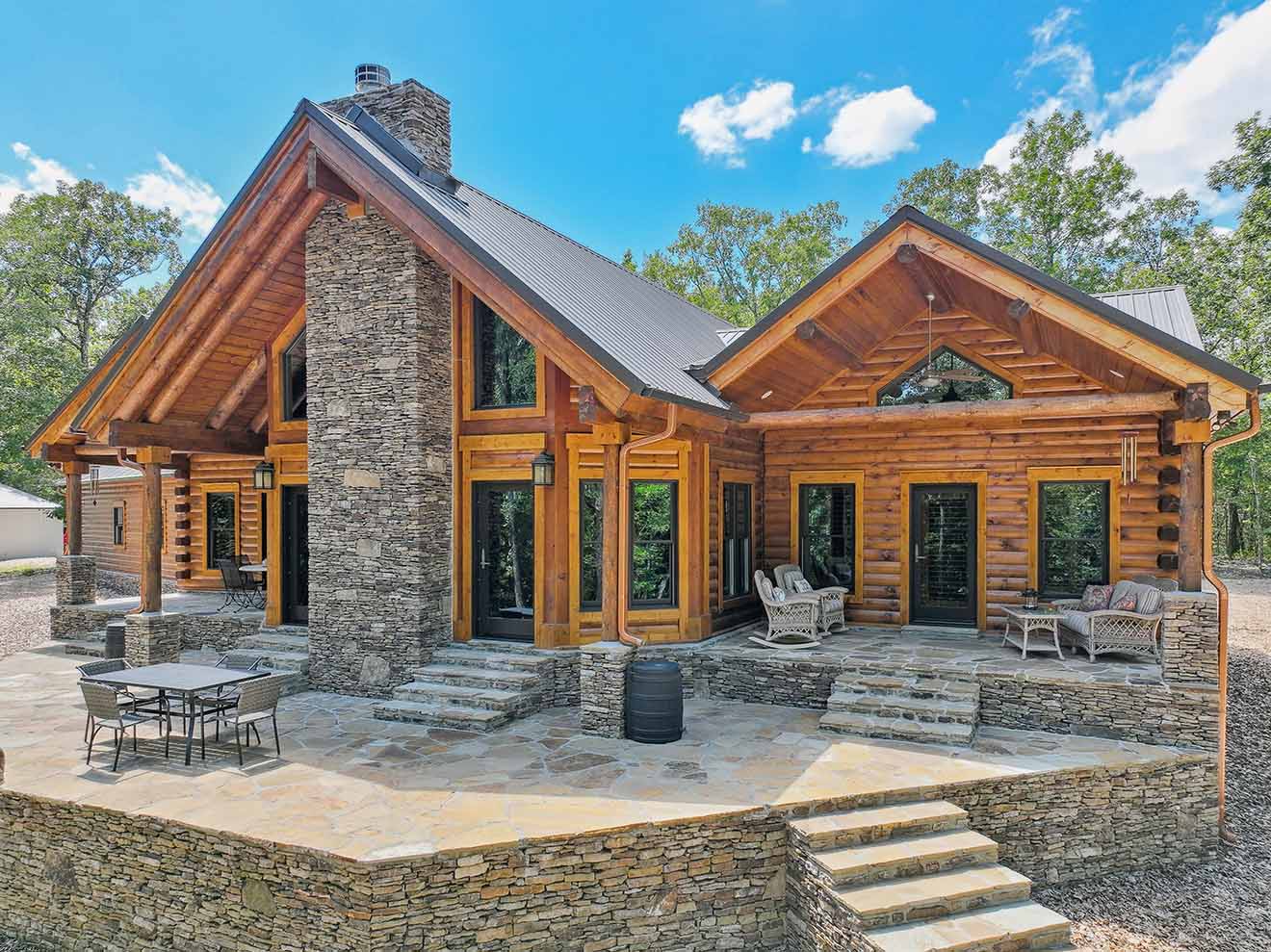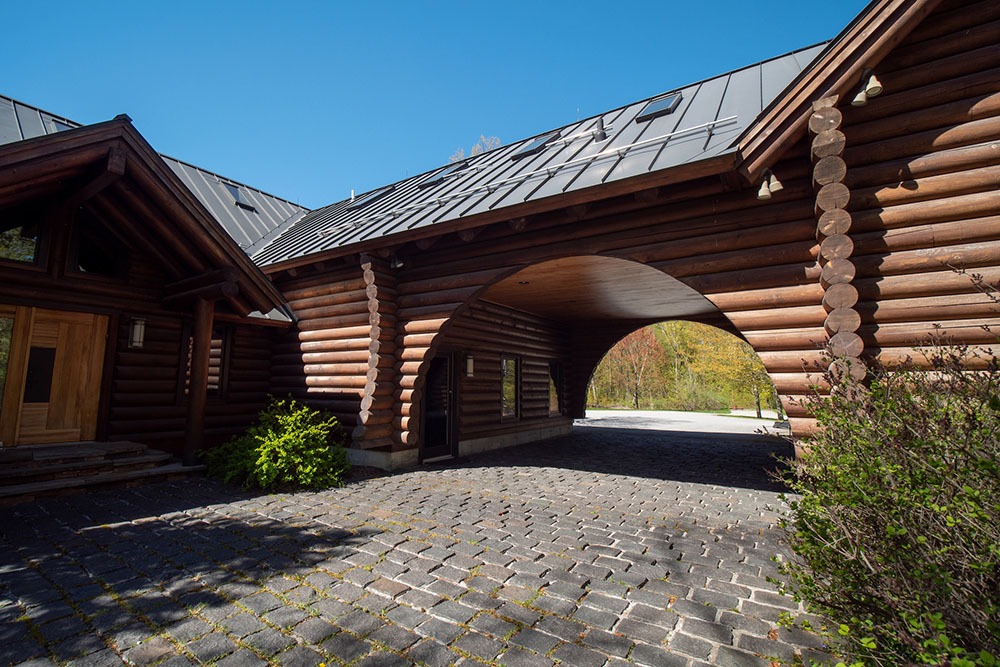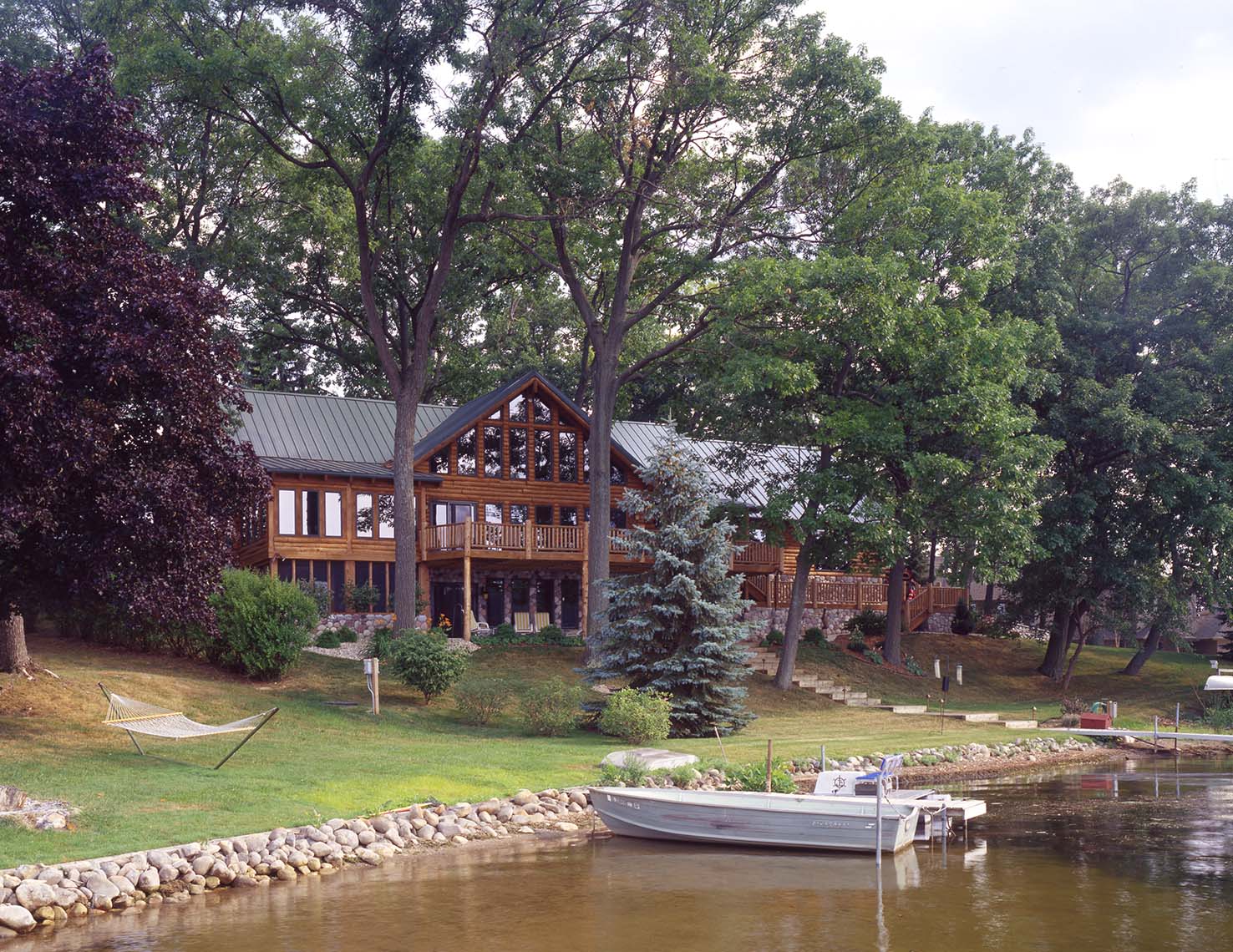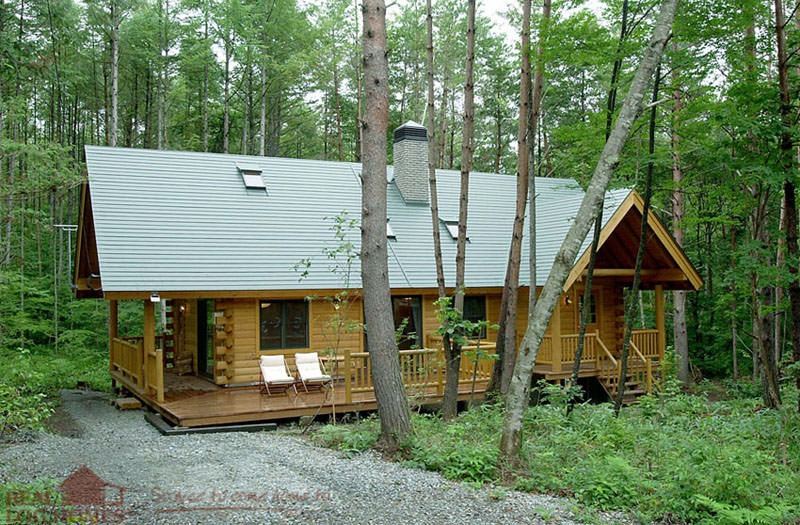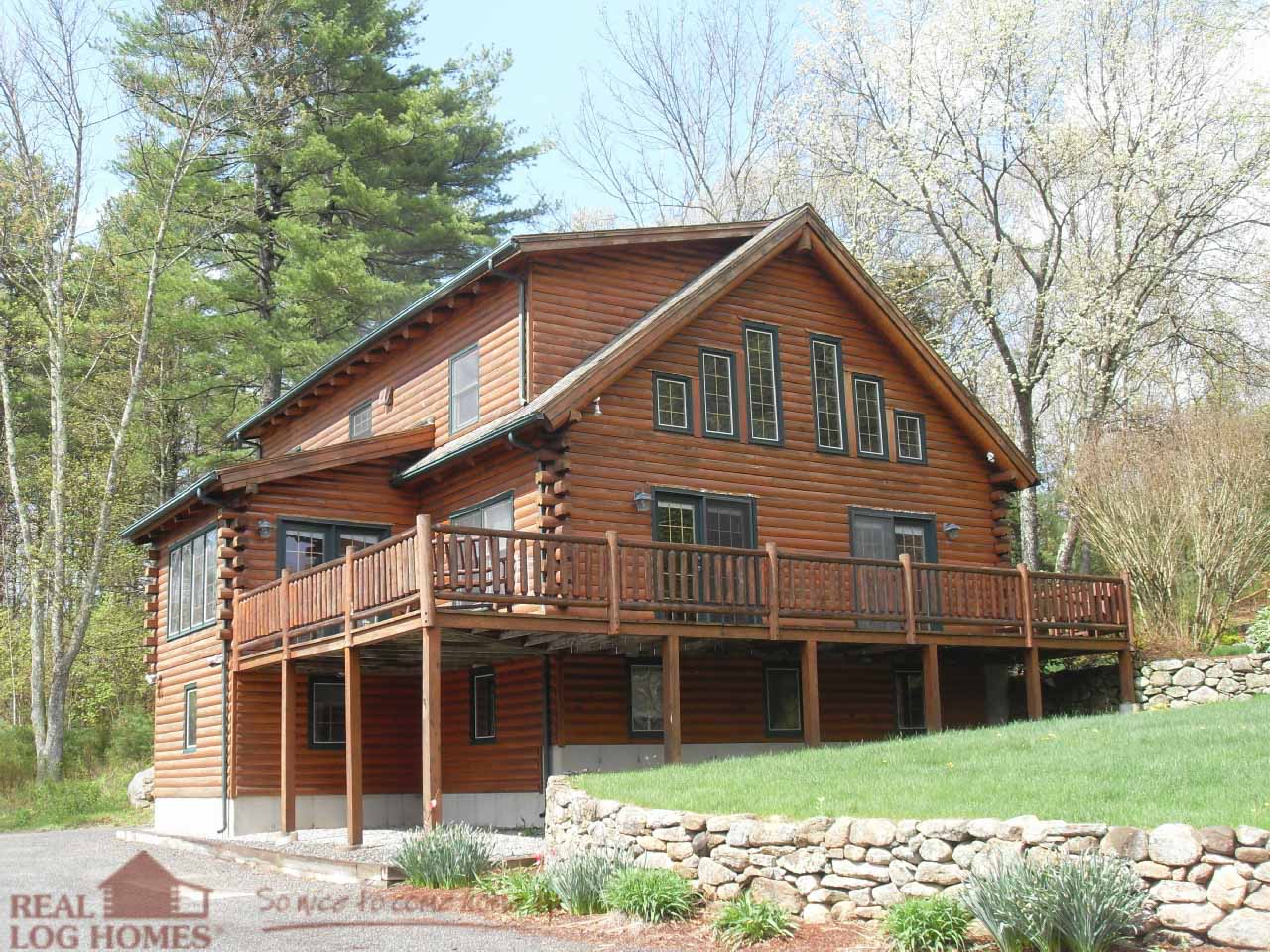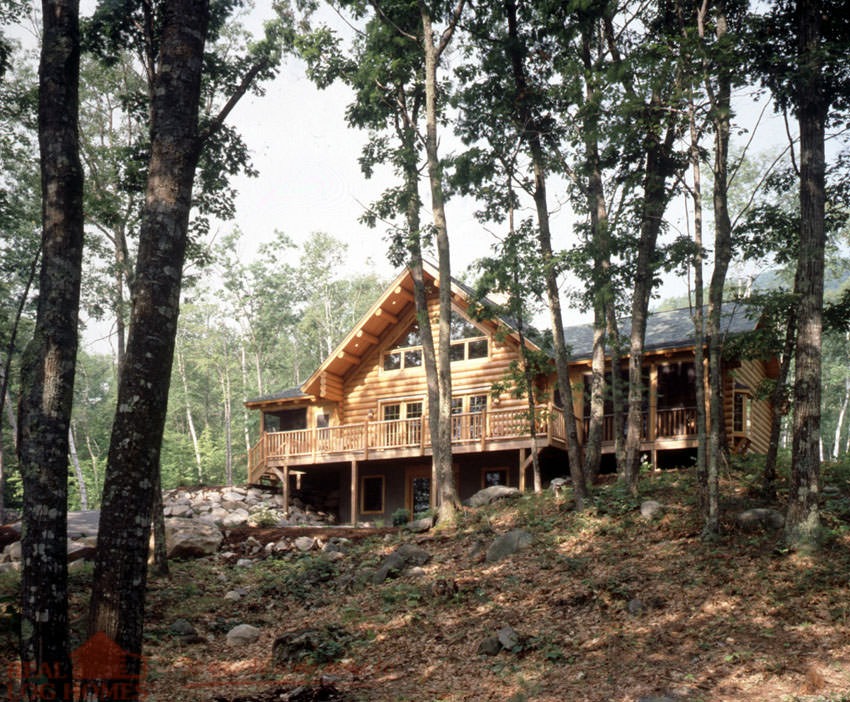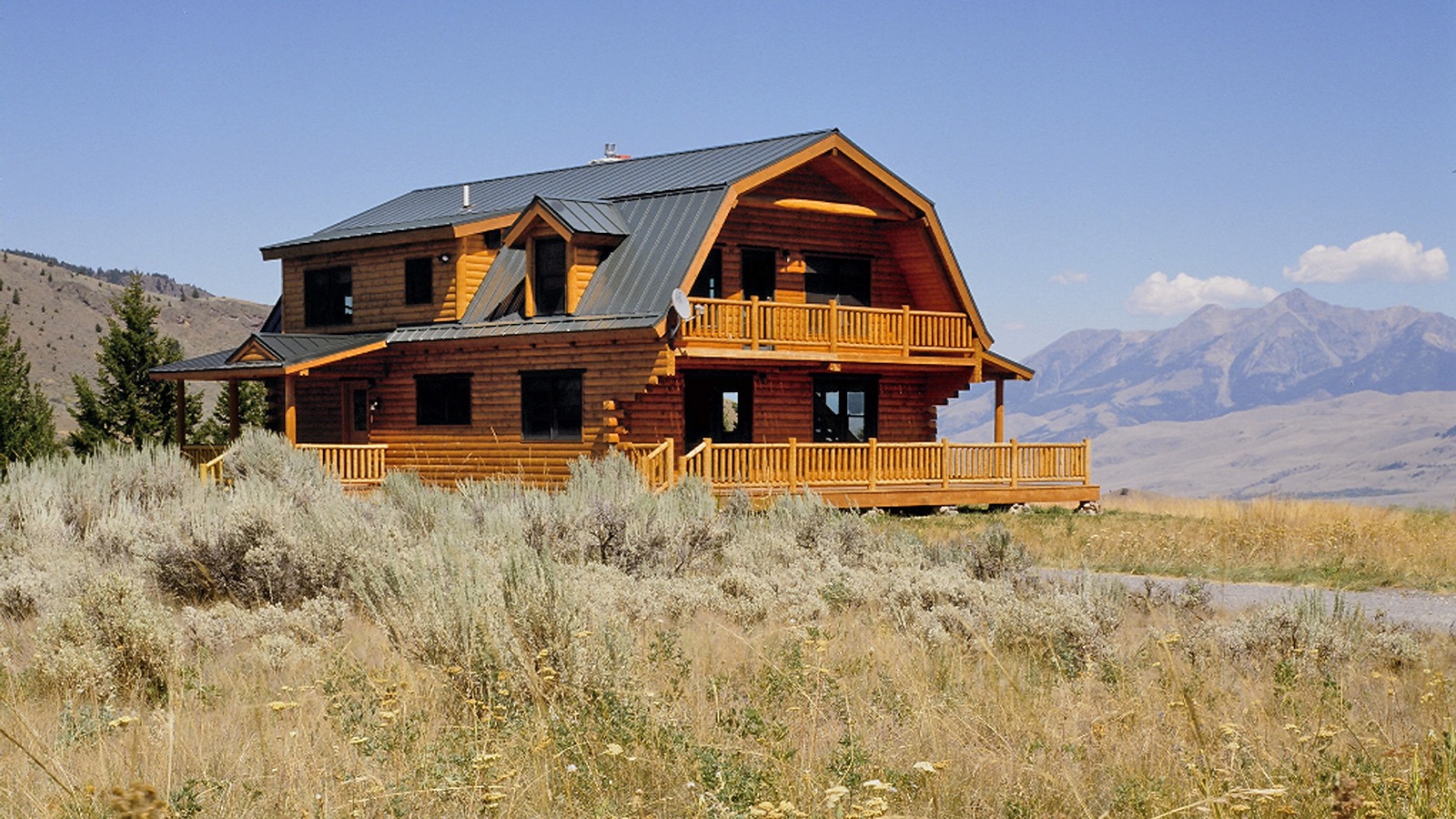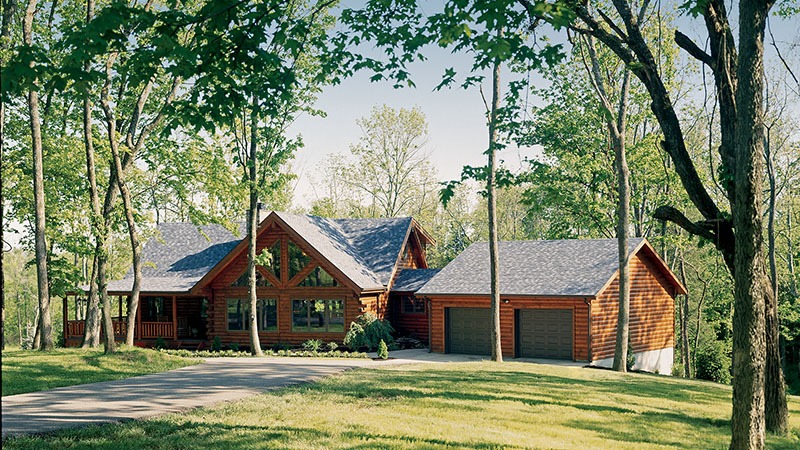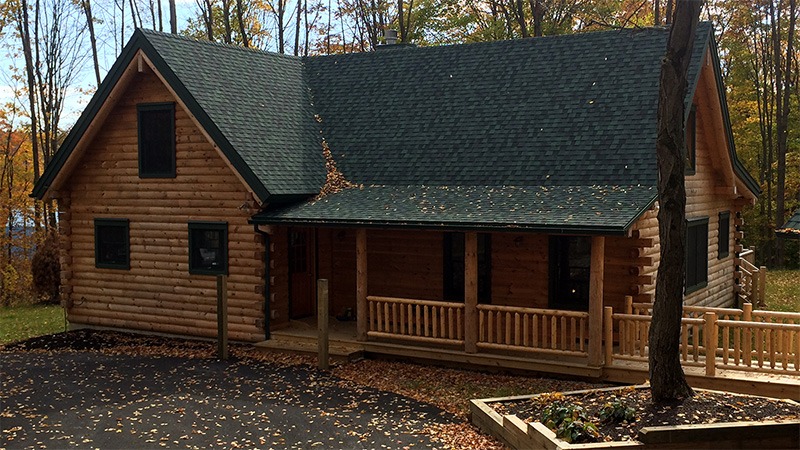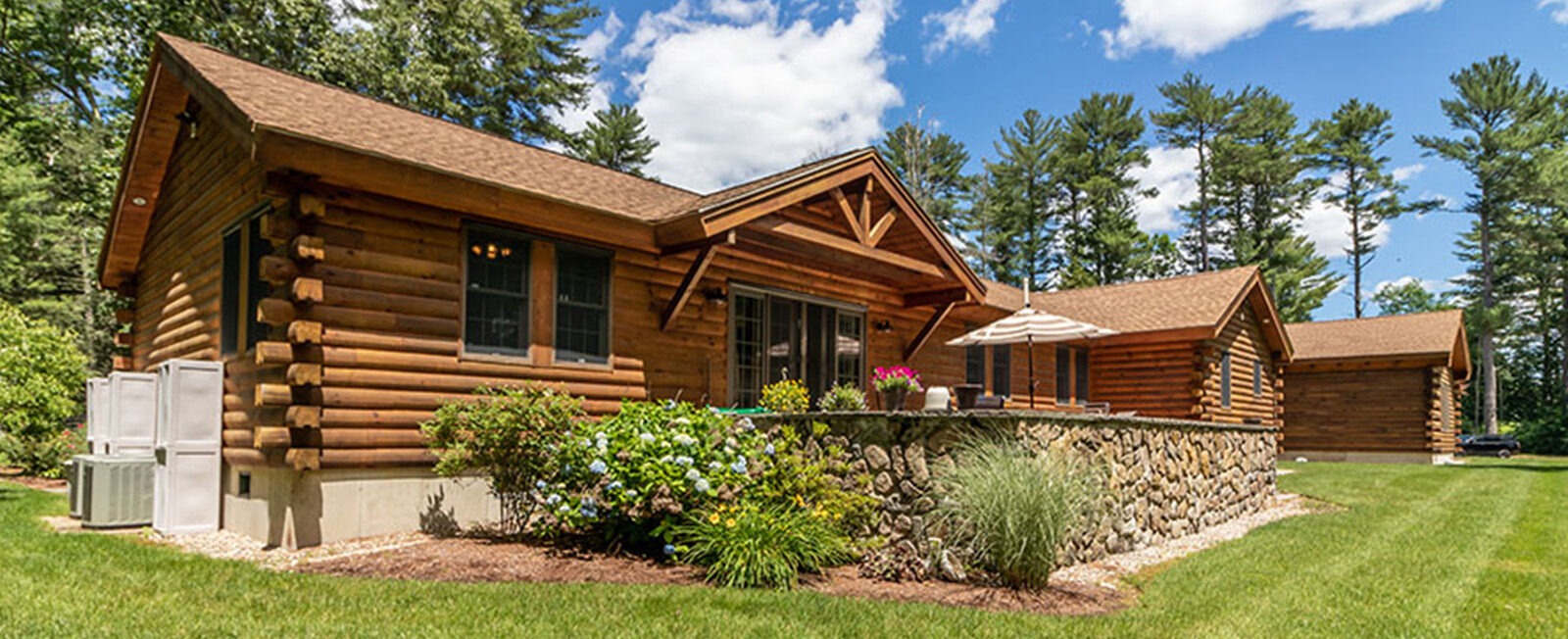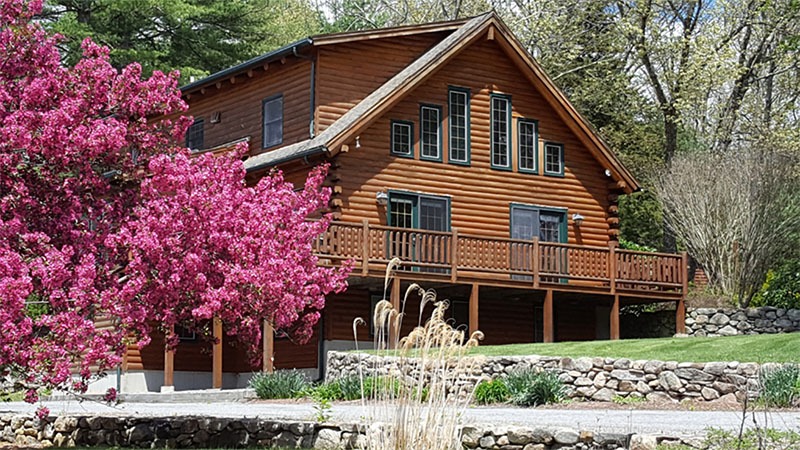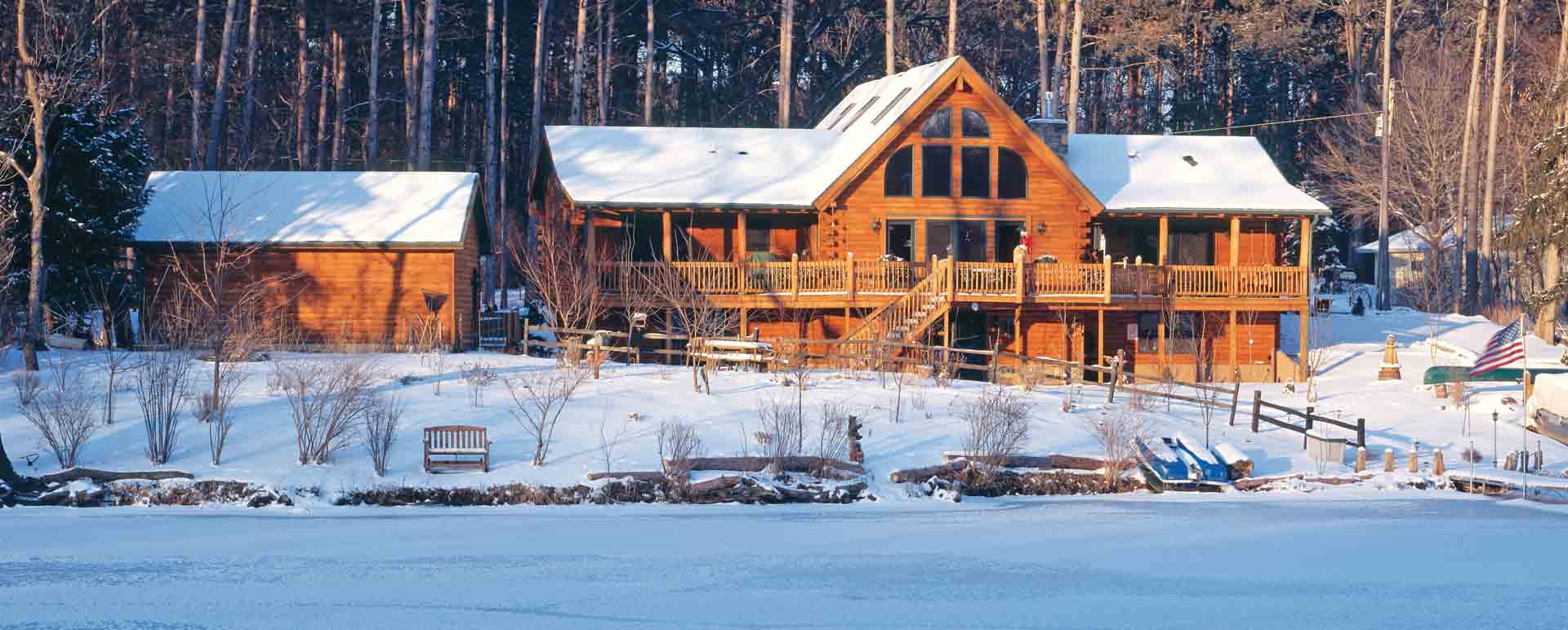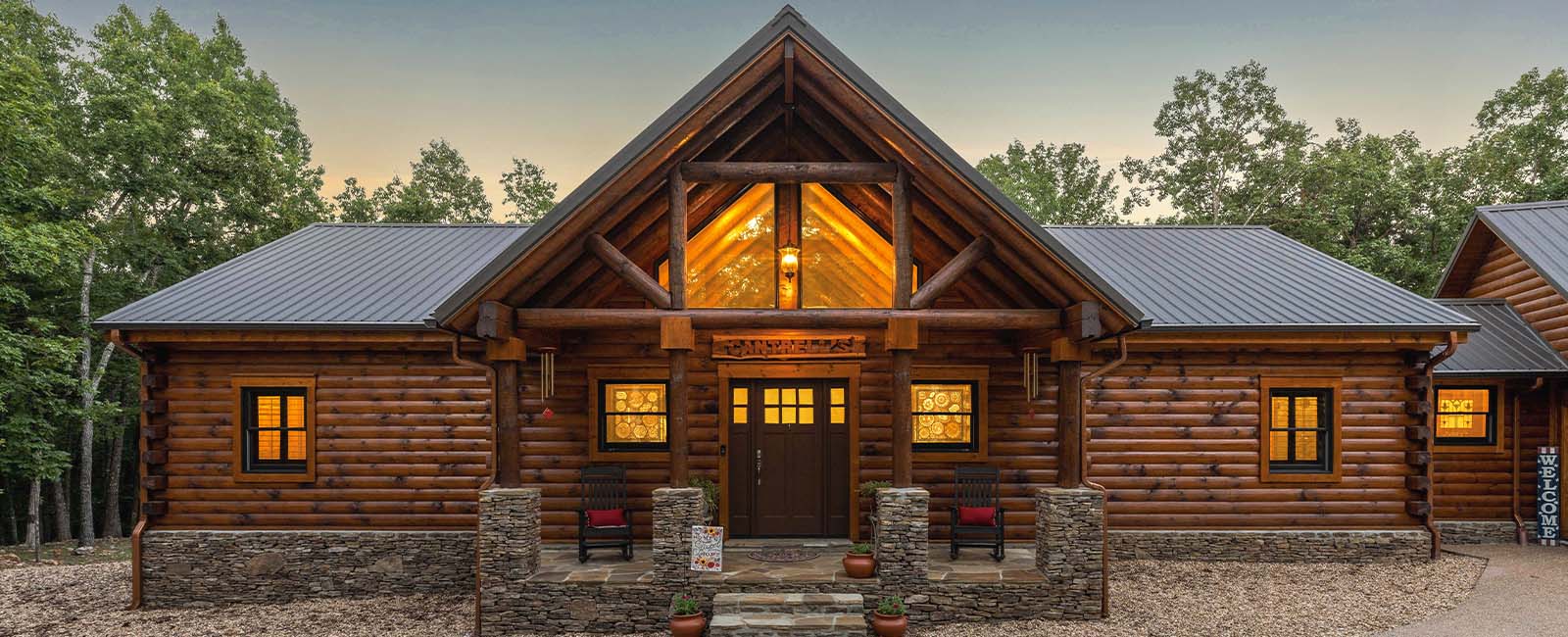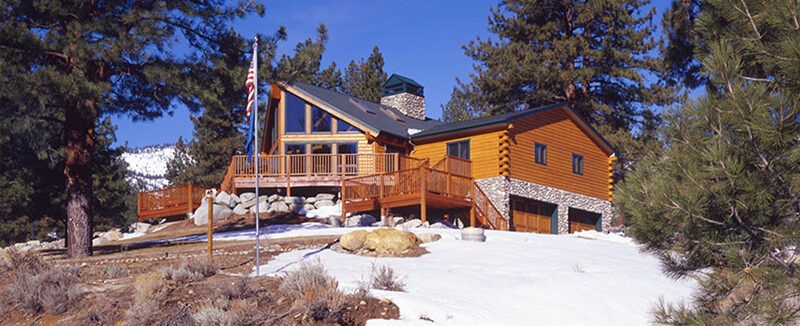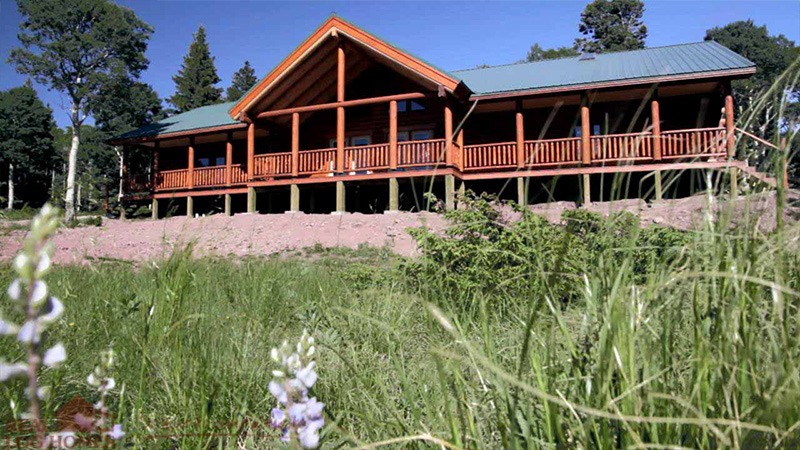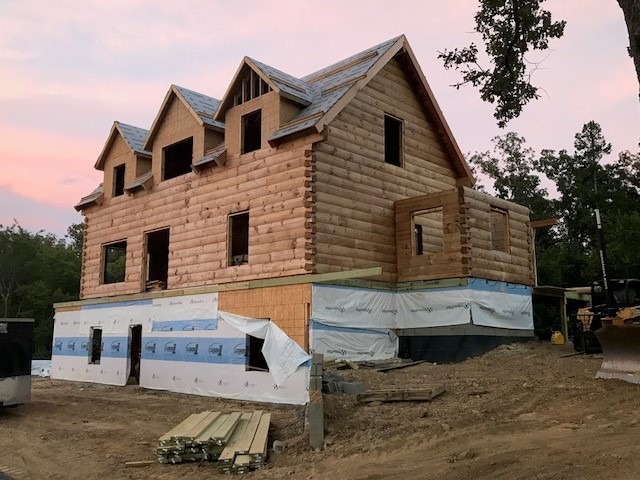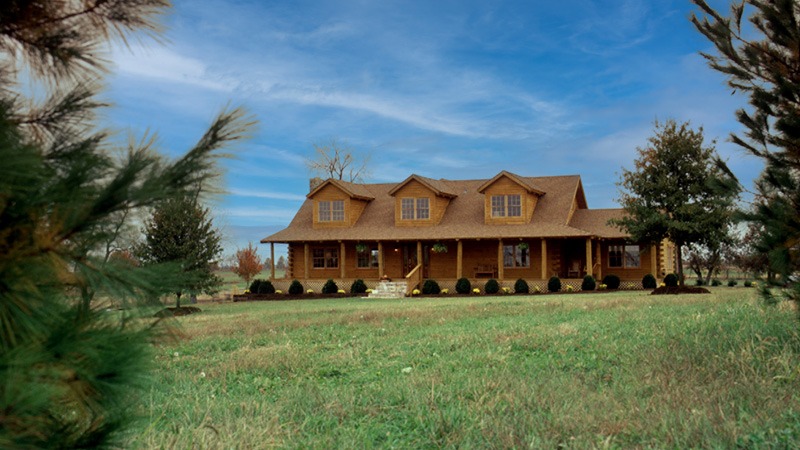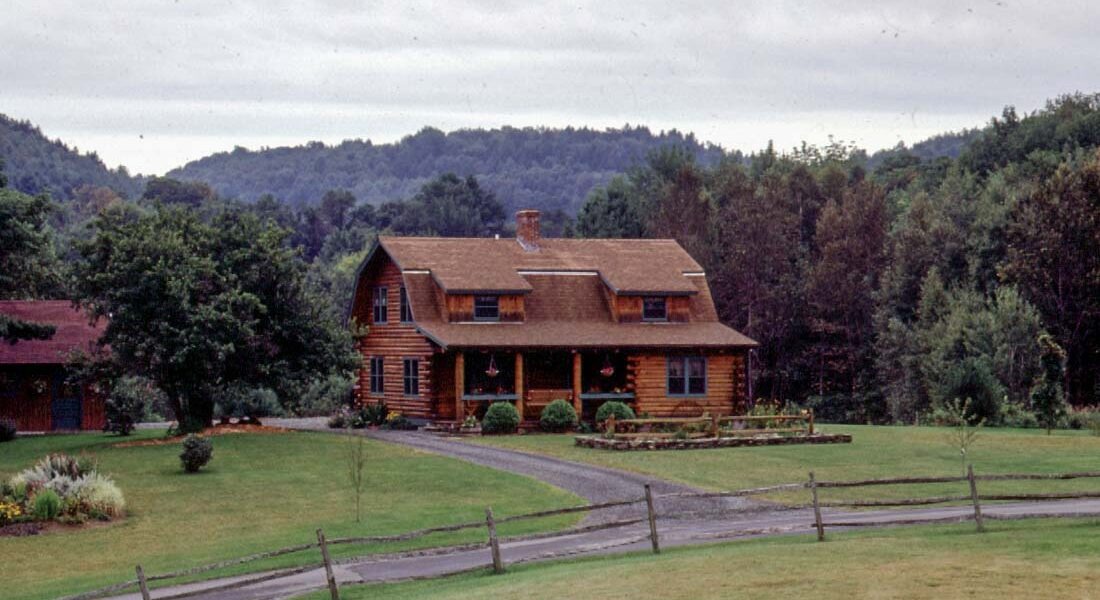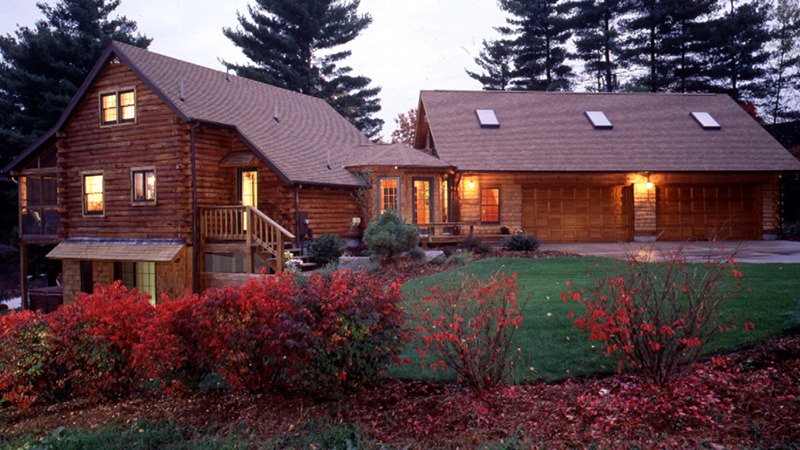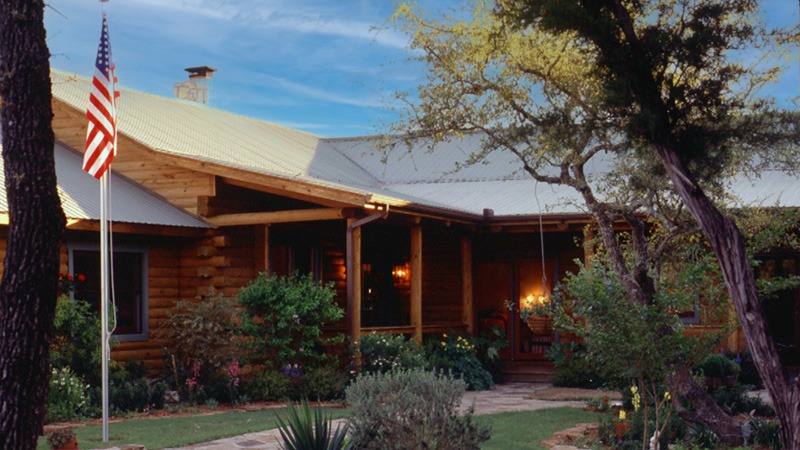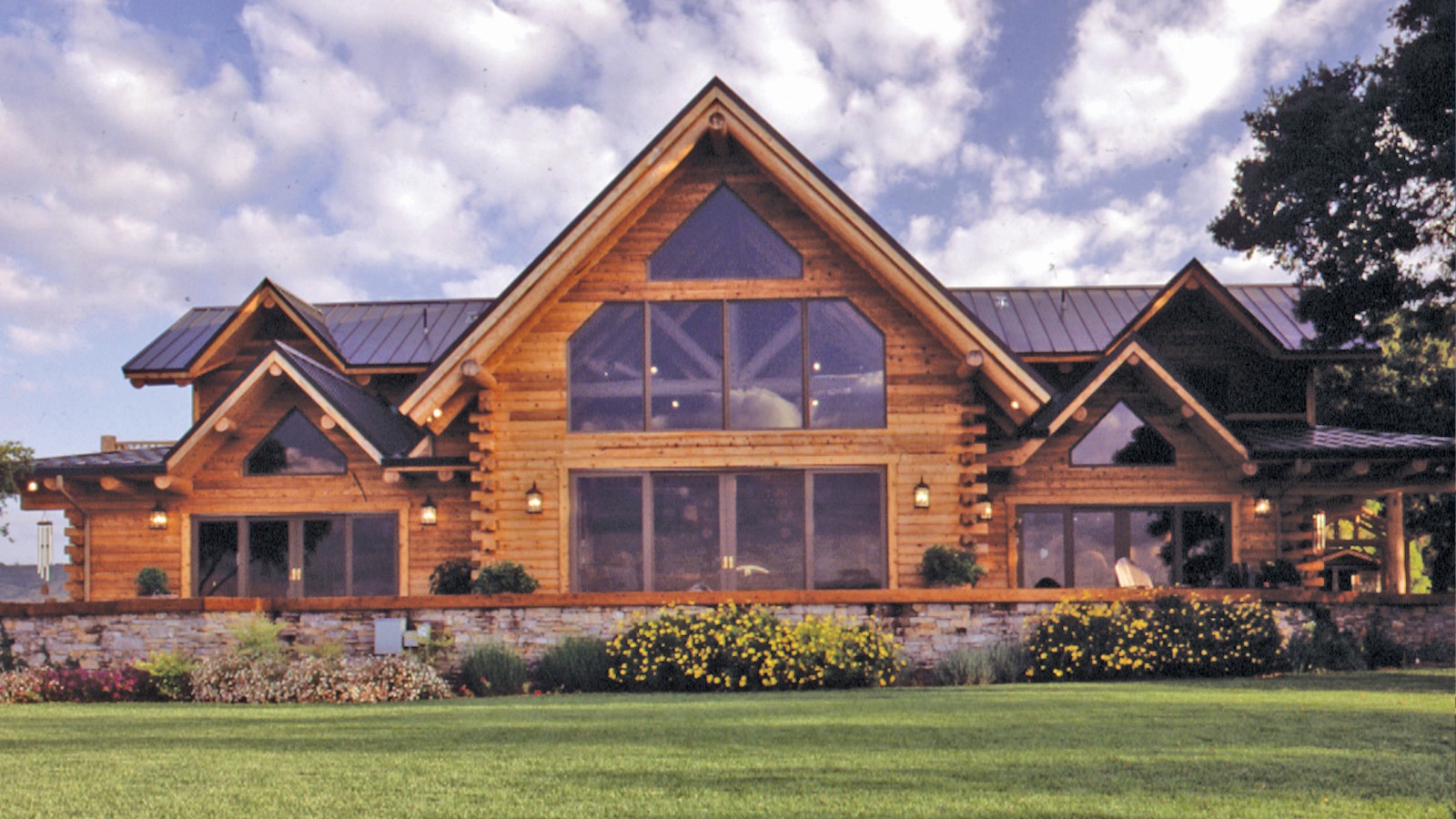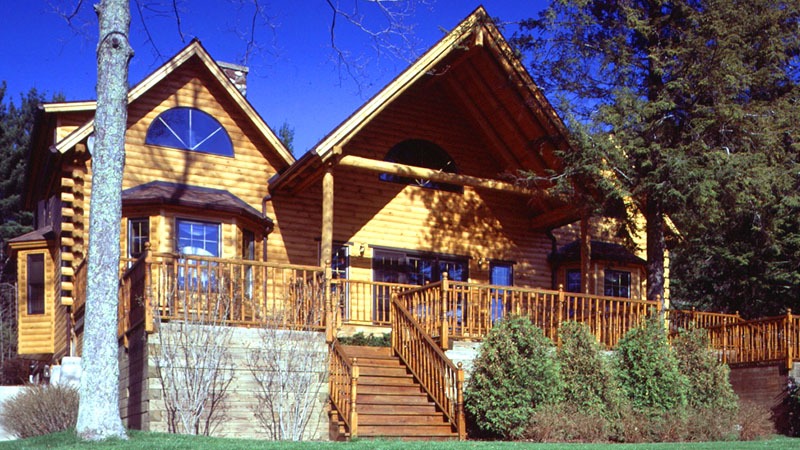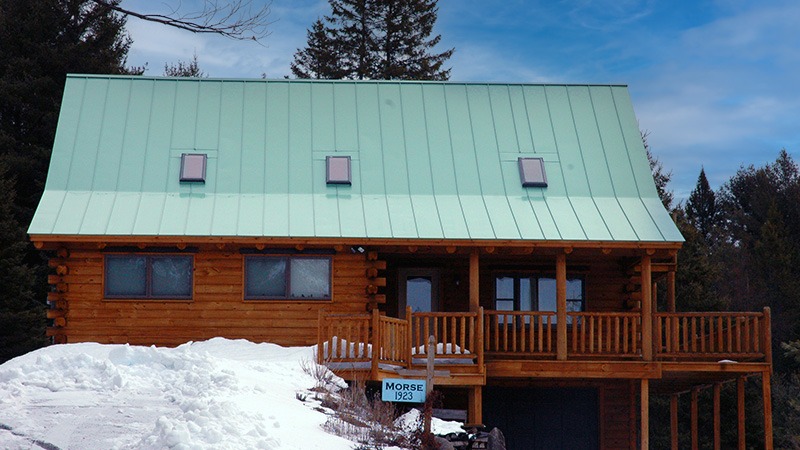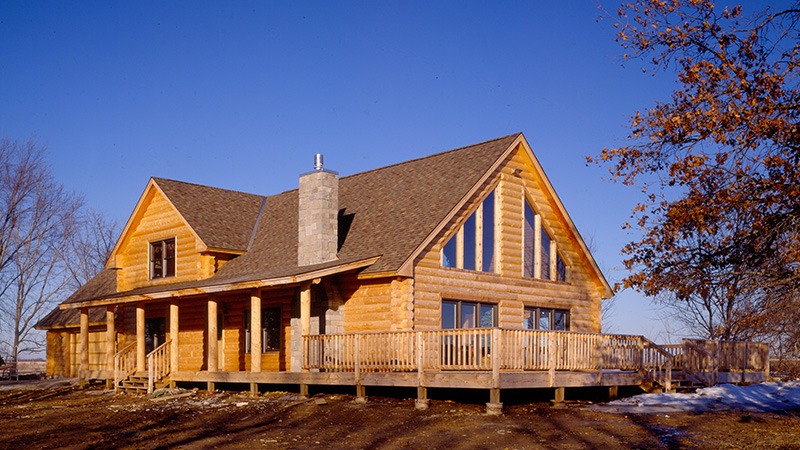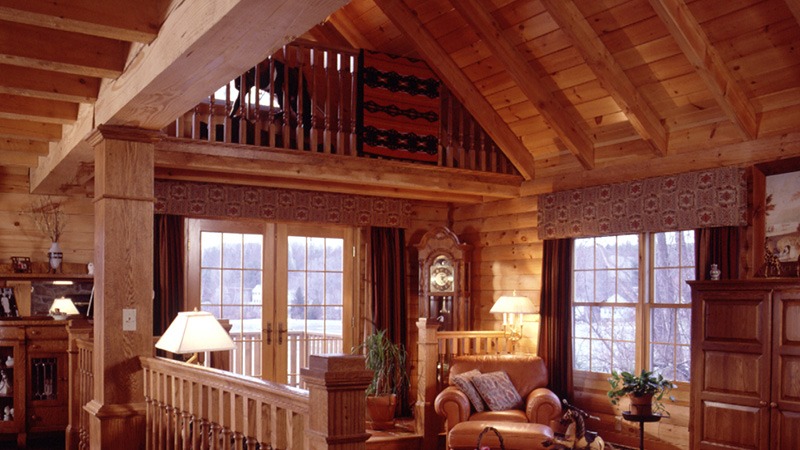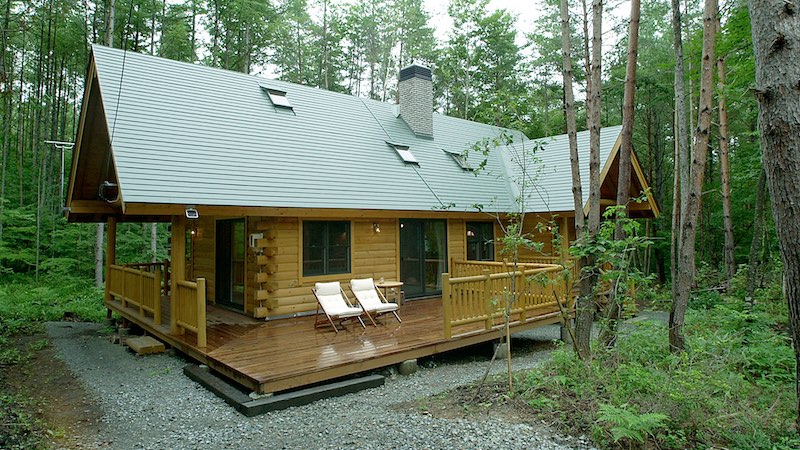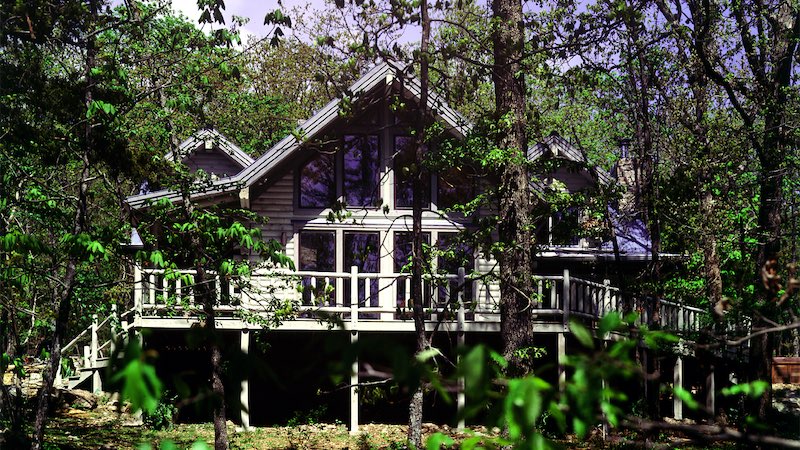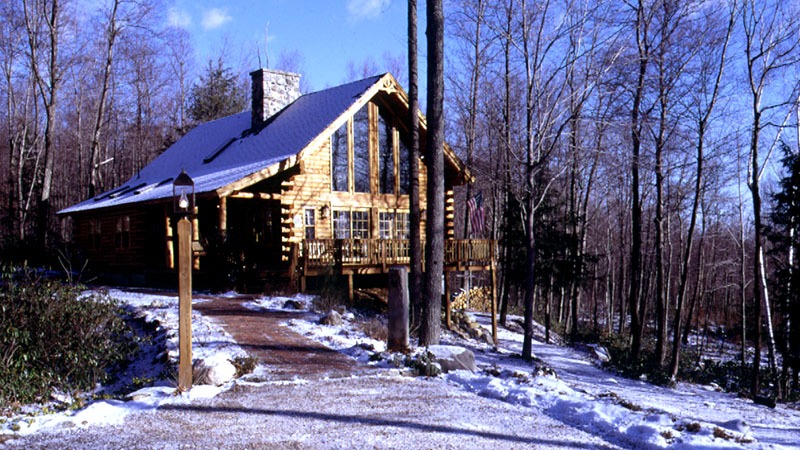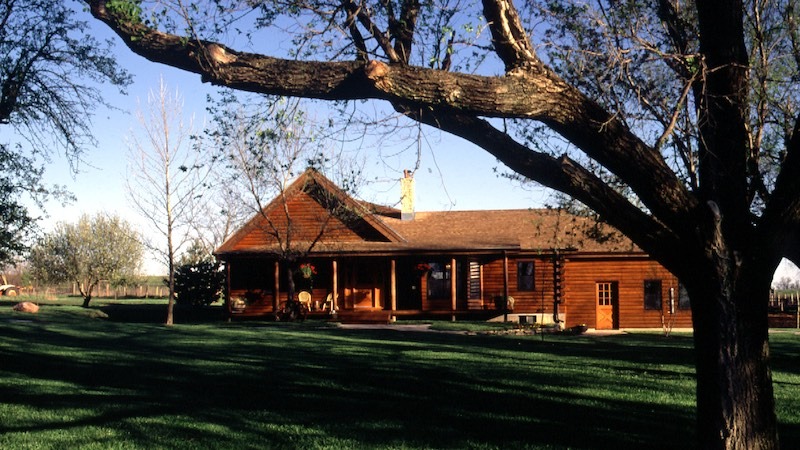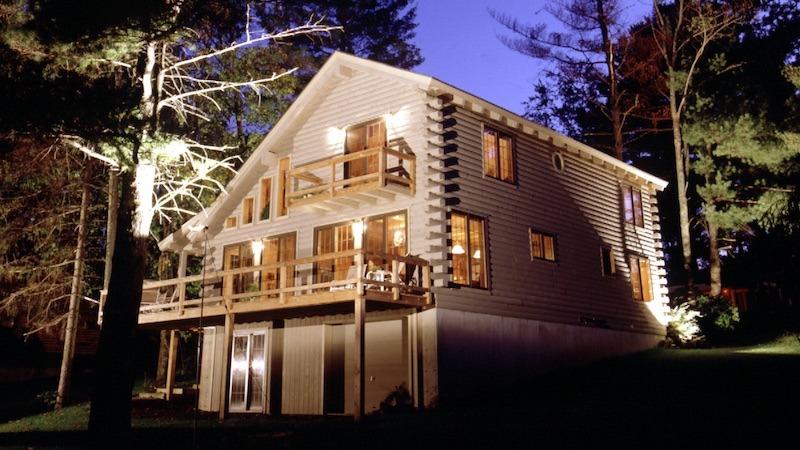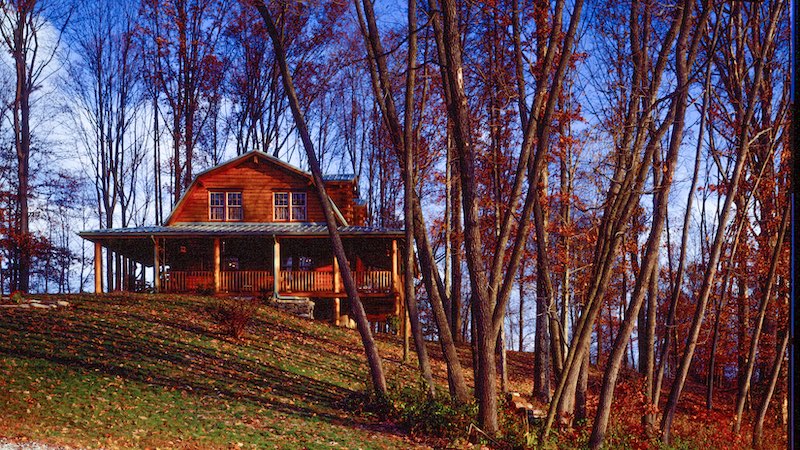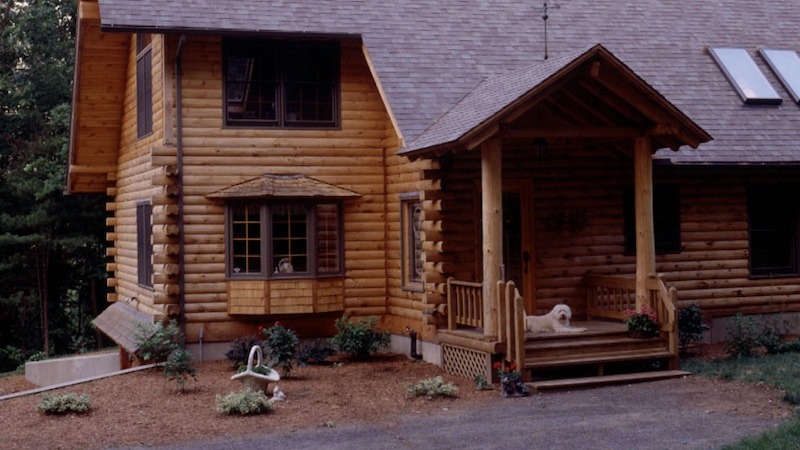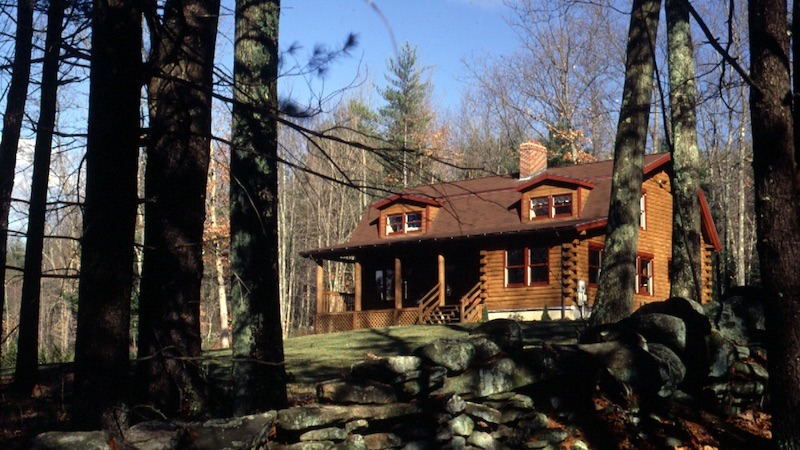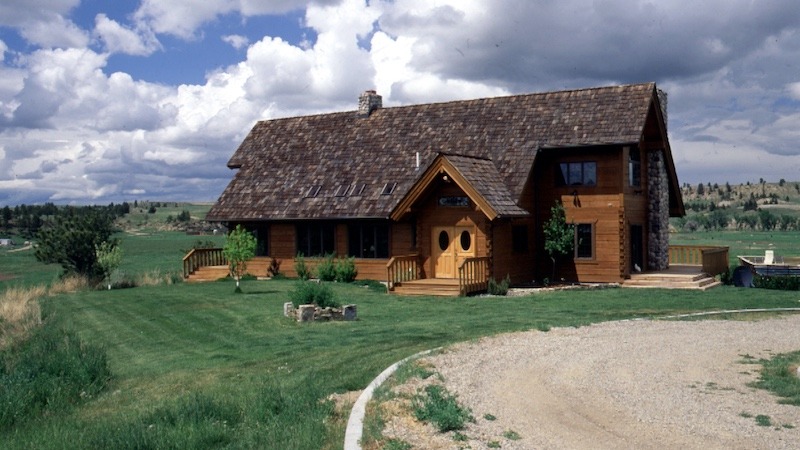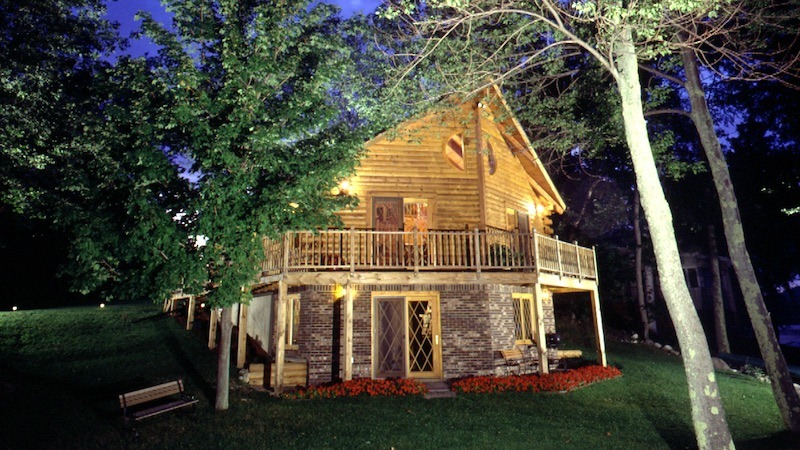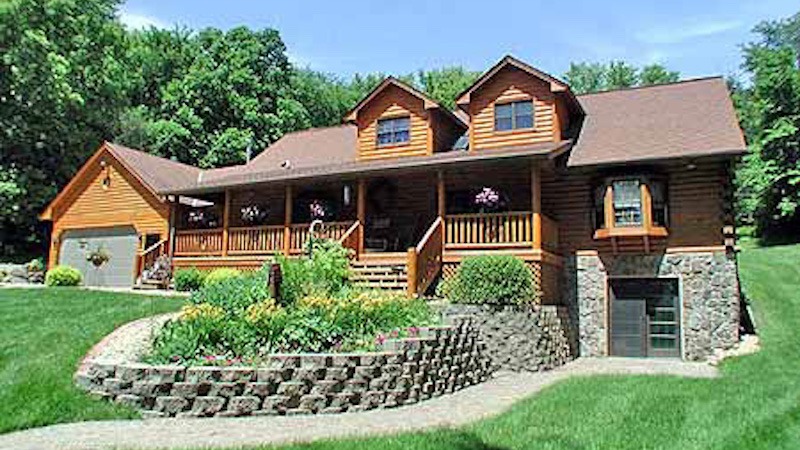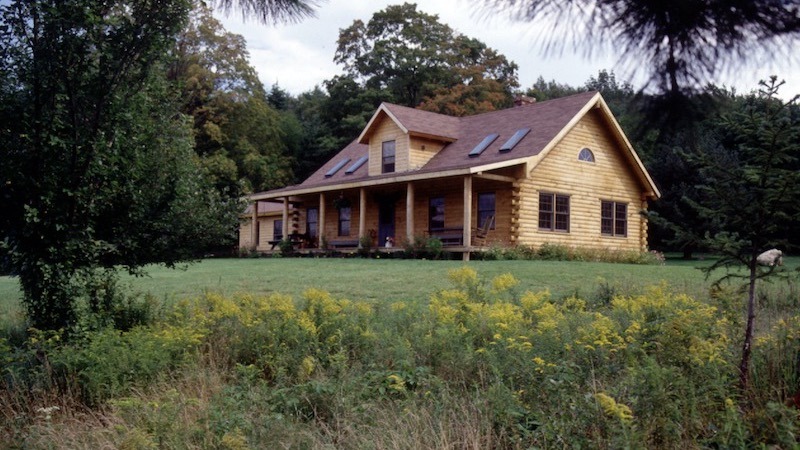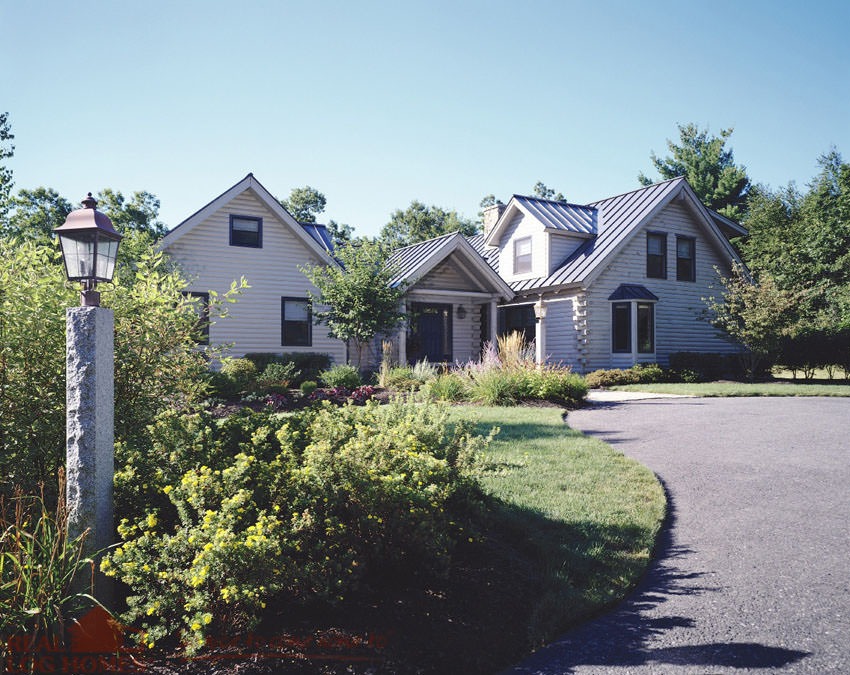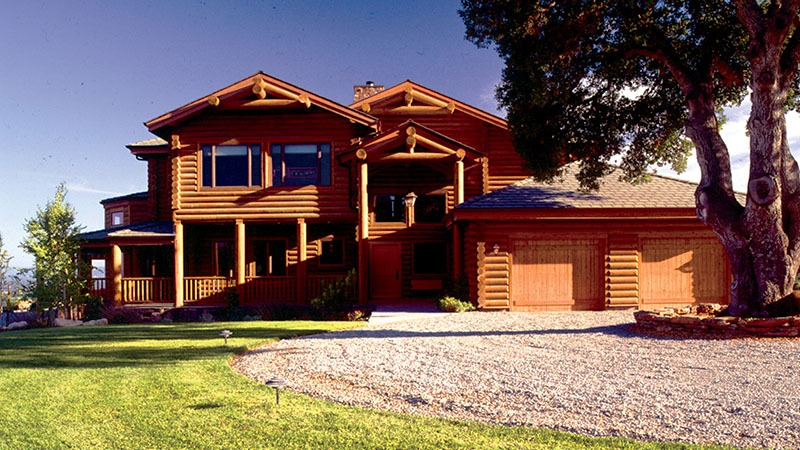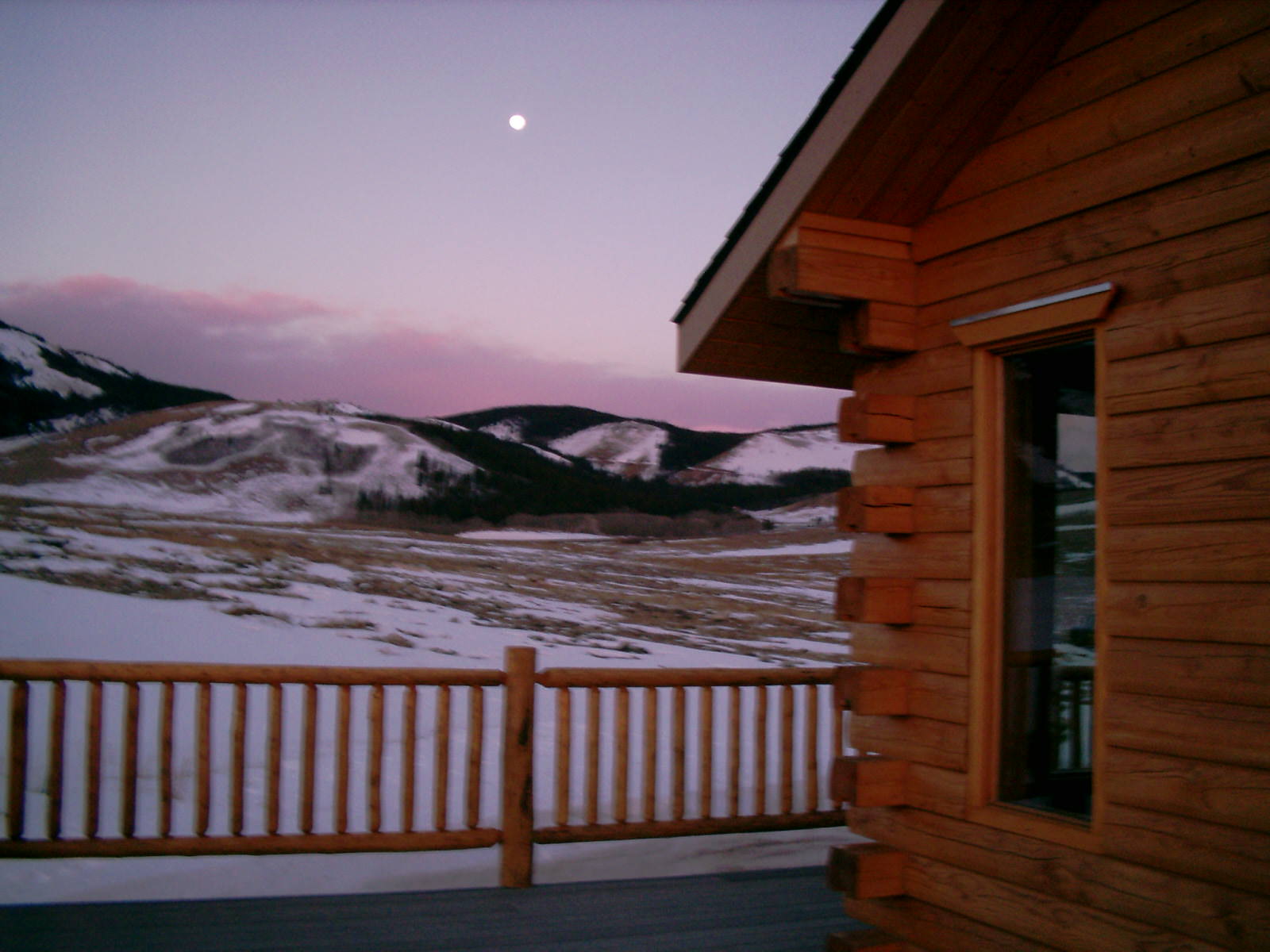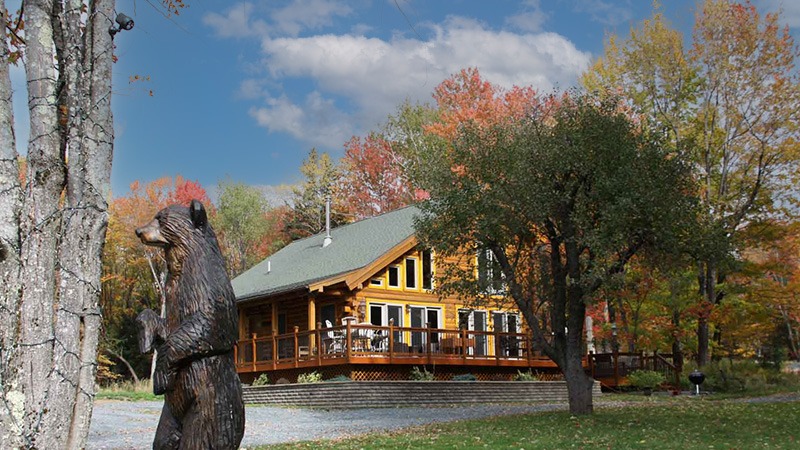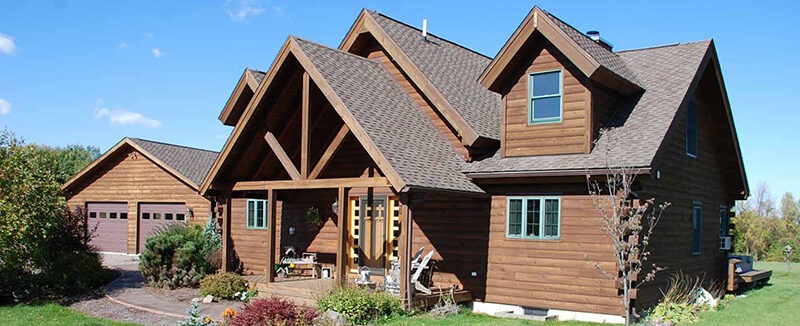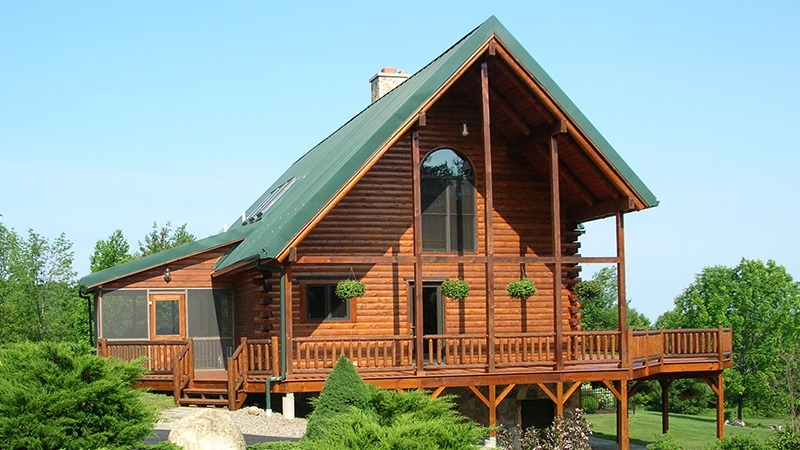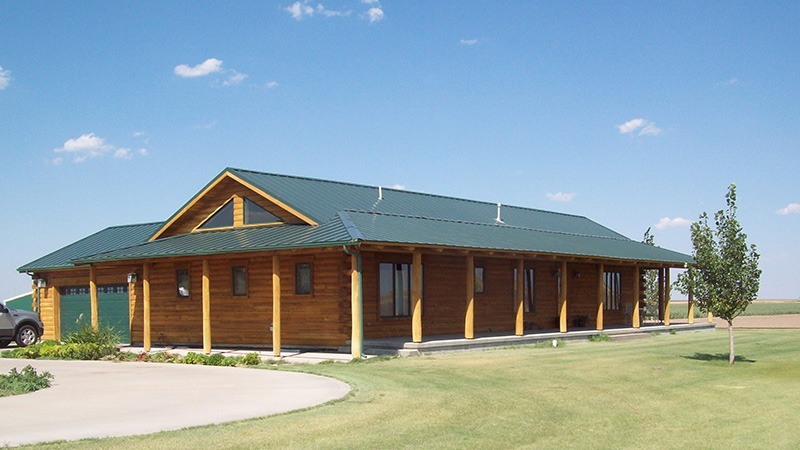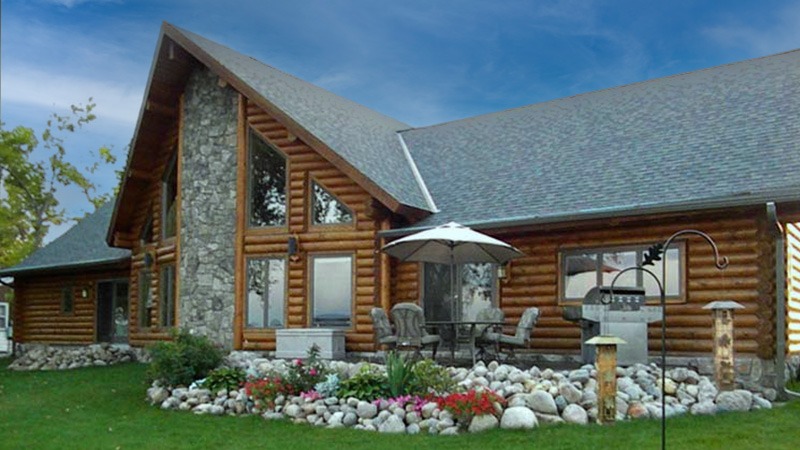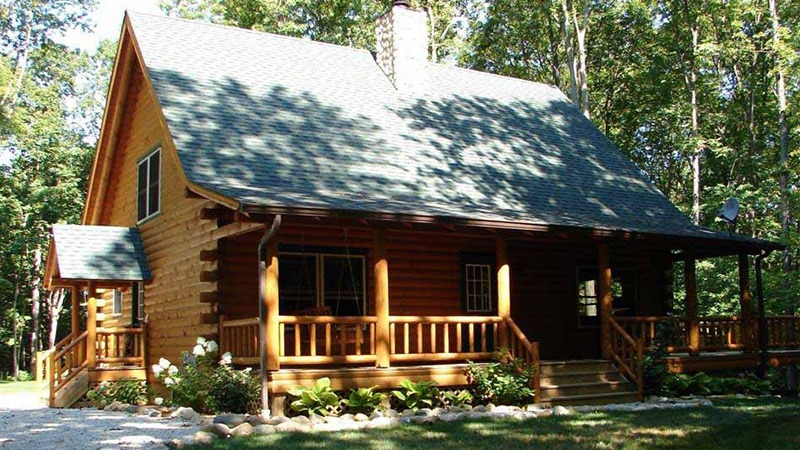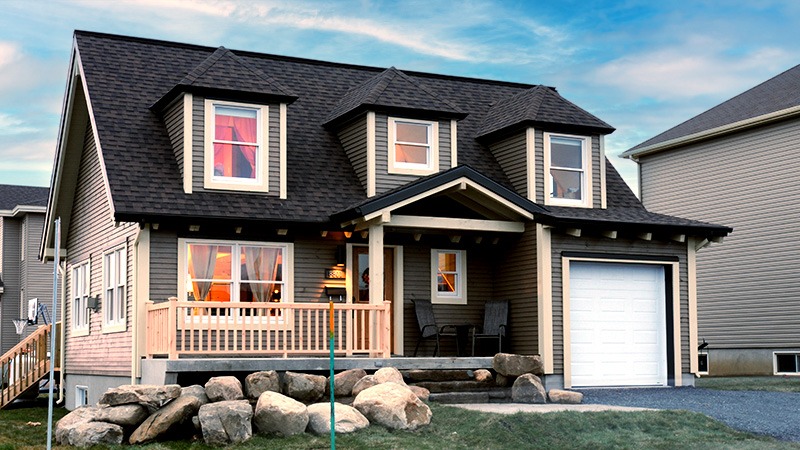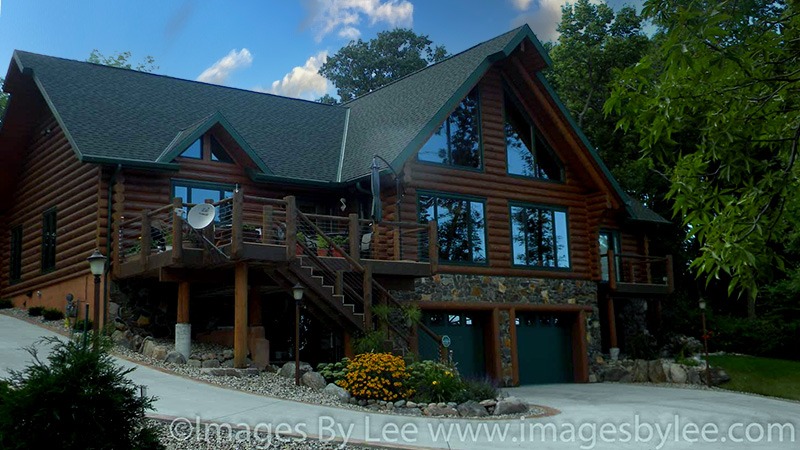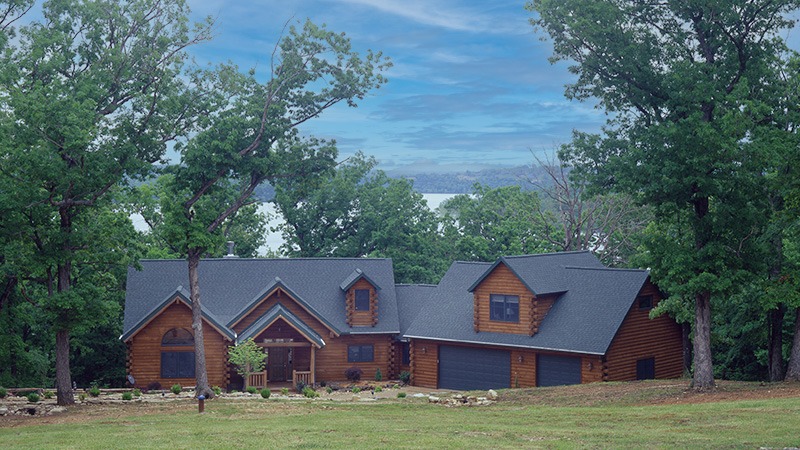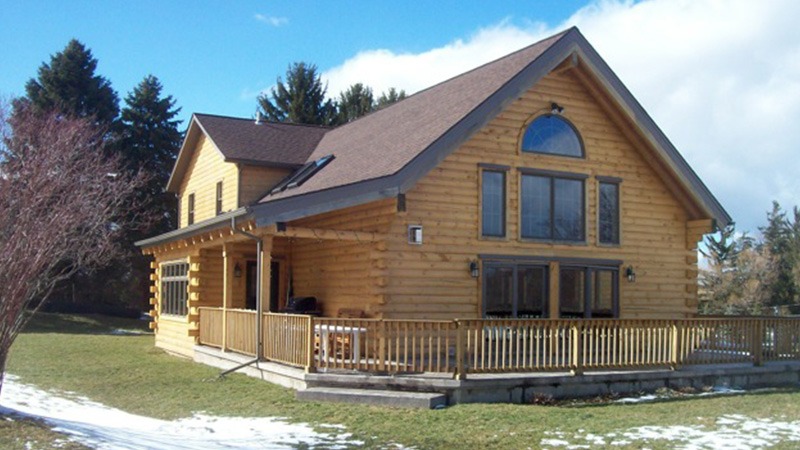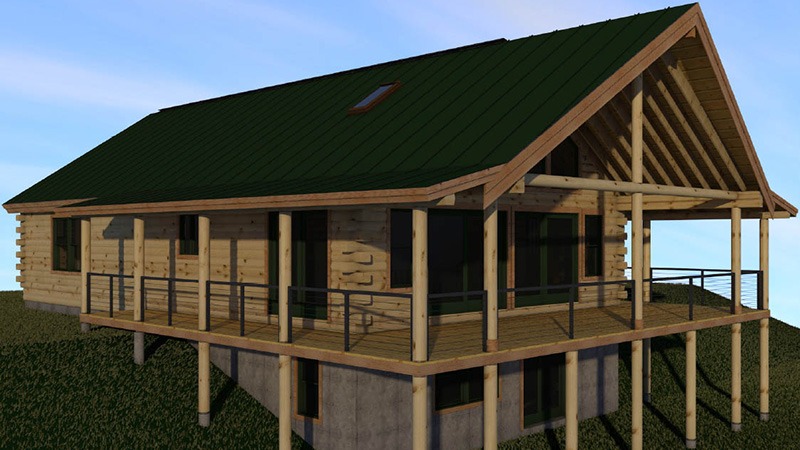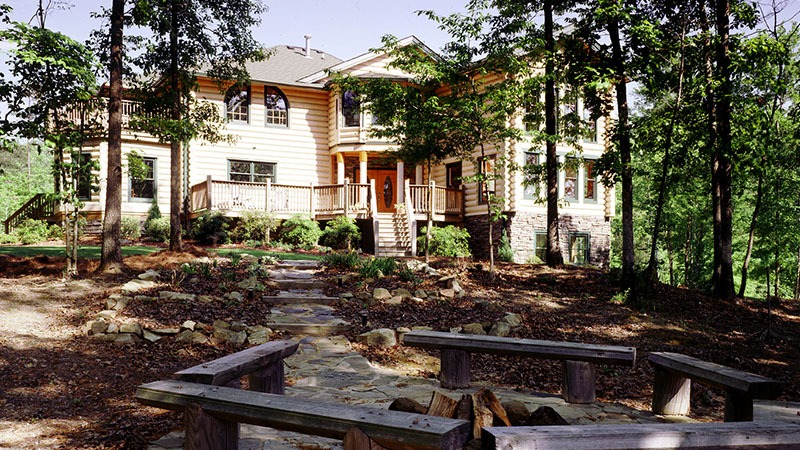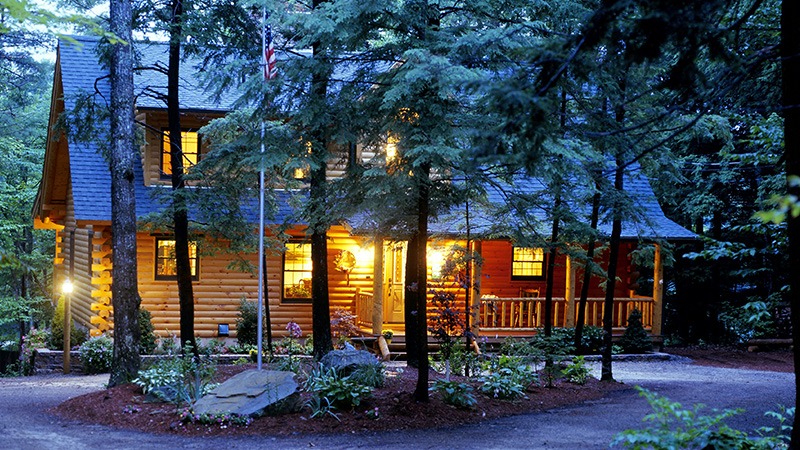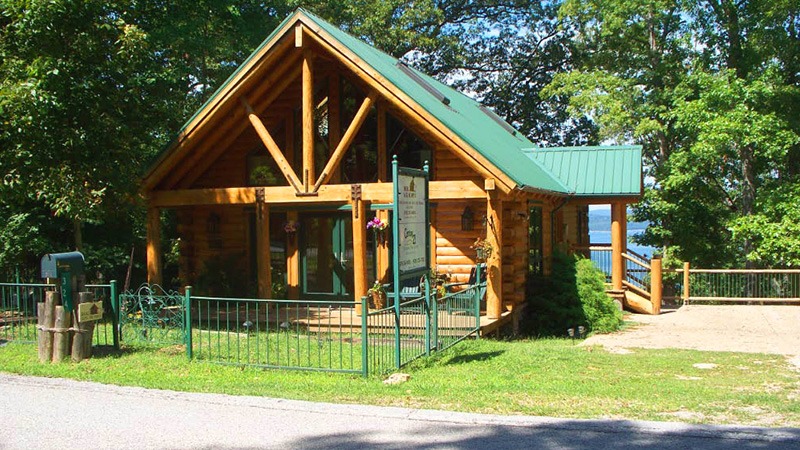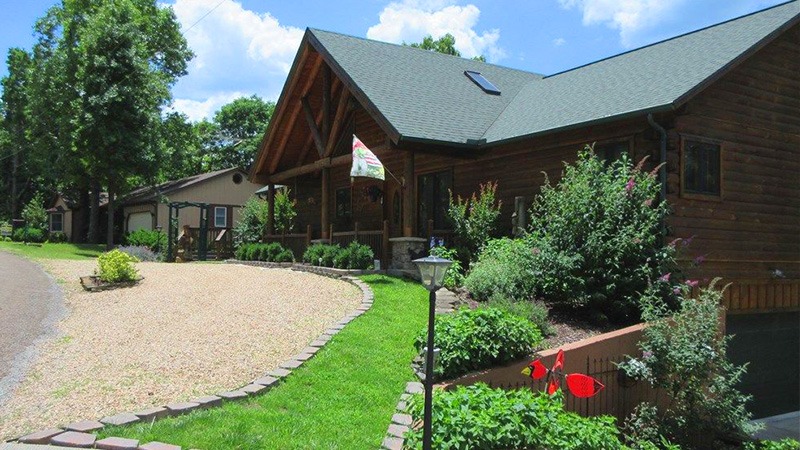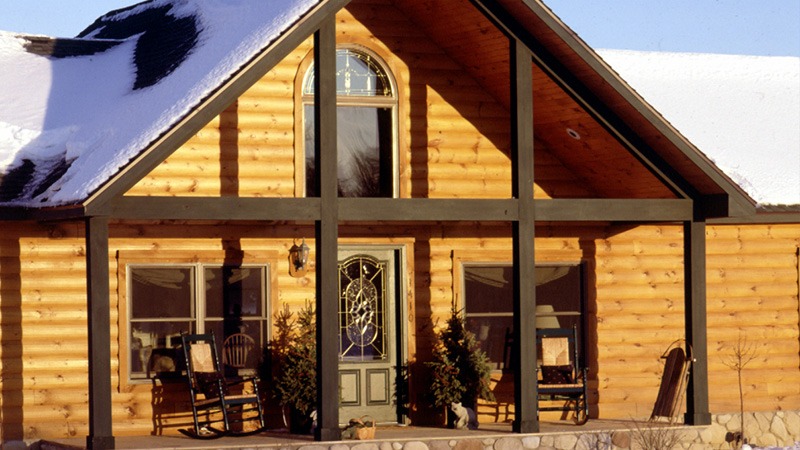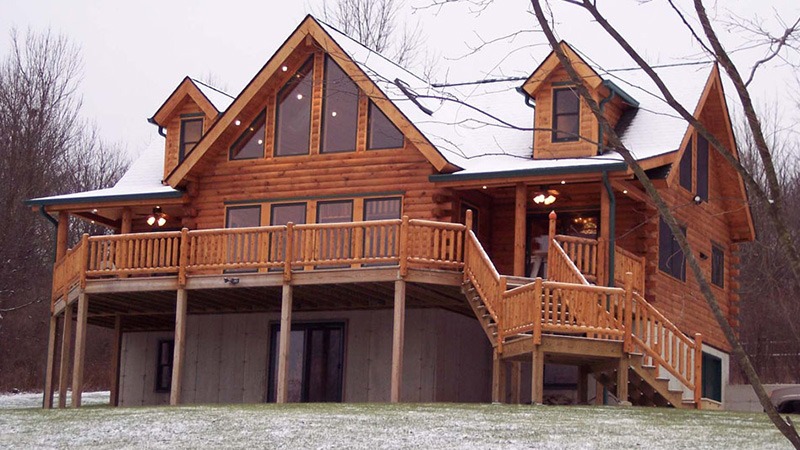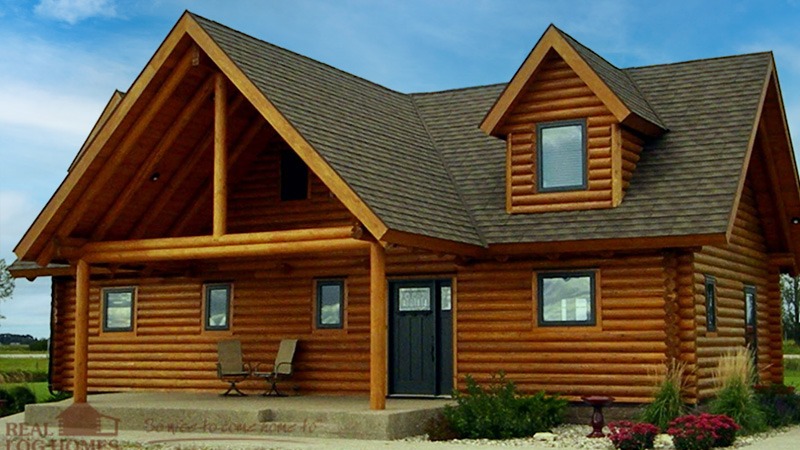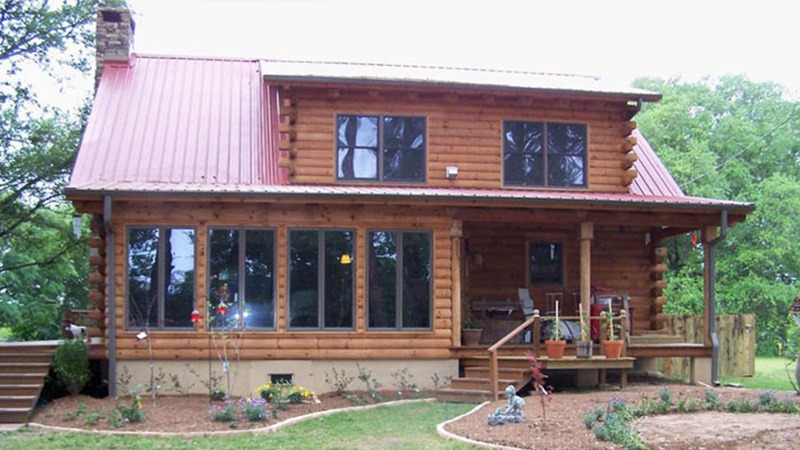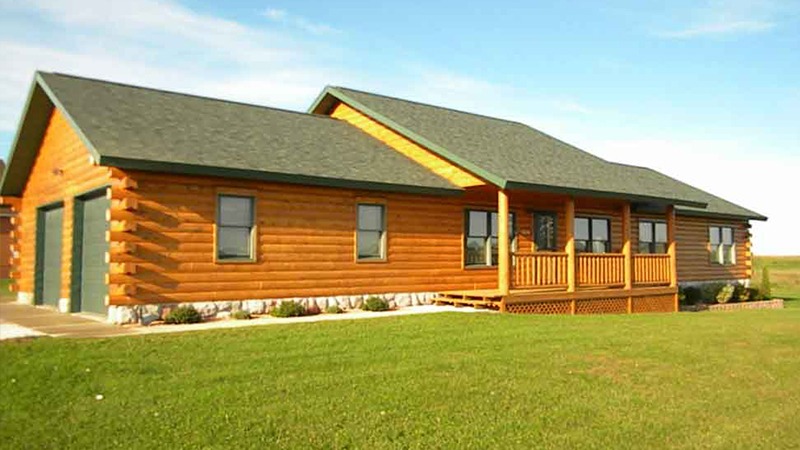With spring just around the corner, our attention rapidly returns to the outdoors. For many log home owners, maintaining a lawn is a large part of the weekly chores. The lawn as we know it was popularized in 17th century England, where only the aristocracy could afford the massive labor required to maintain an economically useless short cut lawn. With the invention of mechanical mowers, as well as shorter workweeks, a well-kept lawn became an ideal for the middle classes as well. Recently, however, ecological concerns have caused many to rethink the role of the lawn. Here are a few ways to keep a lawn while consuming fewer resources.
Use Drought Tolerant Grass
Most species of grass require large amounts of water in order to stay green. This is not an issue in England, where the concept originated, but in much of the United States rainfall is less and water is scarcer. Up to 70 percent of all residential water is used for landscaping in the United States, most of which is used for lawn watering. Grass will go dormant in the summer, reducing its need for water but turning brown. If the color of your lawn is of no concern, this is one option to reduce your water use.
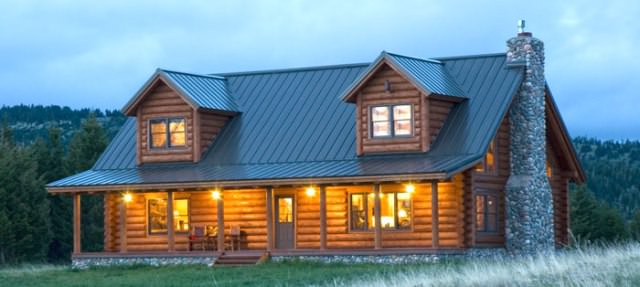
Another way to reduce water use is to plant more drought tolerant grass species. While grasses like Bluegrass and Fescues are the most common, they also require more water. Species like Buffalograss or Grama are derived from shortgrass prairie plants, and therefore require much less water.
Use a Reel Mower
Gasoline powered mowers are notoriously polluting, with the EPA estimating around 5 percent of all smog being caused by lawn care equipment. While a manual push mower may not seem the most fun, modern reel mowers are much easier to operate than in years past. Furthermore, many feel that the cut a reel mower makes is more precise and thus better for the grass than the rough cut from a powered rotary mower. If your lawn is too large for a manual mower, then pushed models for a tractor are available. If you continue to use a rotary model, make sure the blades are sharp for best results.
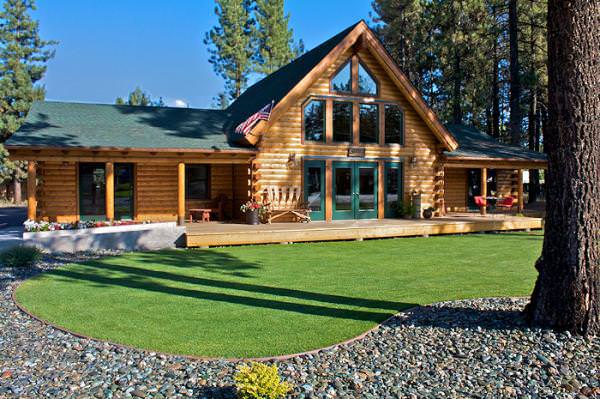
Grasscycle
Although bagging lawn clippings is common, it is actually healthier for the lawn if you leave the clippings in place. Clippings are over 80 percent water, so they break down within two weeks. They also are high in nitrogen, so “grasscycling” will reduce your need for fertilizer by about 20 percent. For best results, only cut the grass when it is dry and remove no more than a third of its length at a time. If you must remove the clippings, then they make great compost!
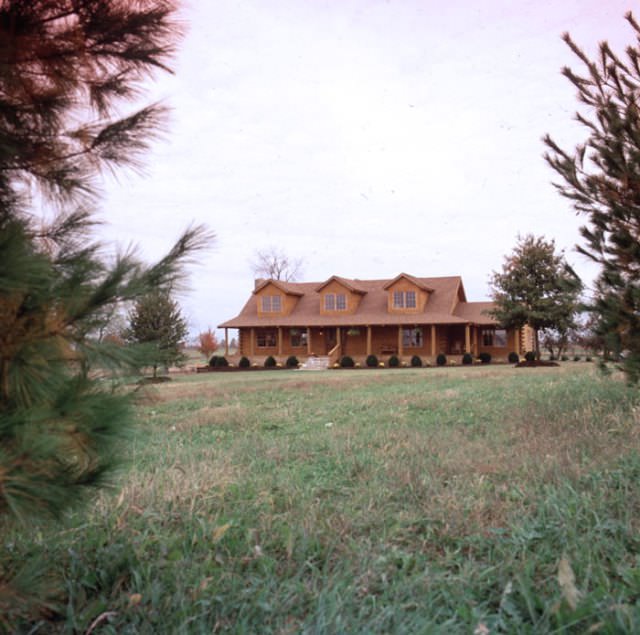
Dethatch and Aerate
Thatch is organic matter like leaves and rhizomes that build up in the soil and give the lawn a spongy feel. Removing thatch allows more water to get to the grass root and promotes thicker lawns, but some thatch should be left behind since it is needed for water retention. Similarly, if a lawn is compacted it is hard for nutrients to get to the roots. Aerating the lawn helps grass growth and can be done with spike or plug aerators. Since it takes hours to dethatch or aerate even a small lawn manually, this is a job best done with power tools or by professionals.
We hope these tips help you maintain a great lawn while using fewer resources and spending less. And if you need a great log home to add to your great lawn, please contact Real Log Homes today.
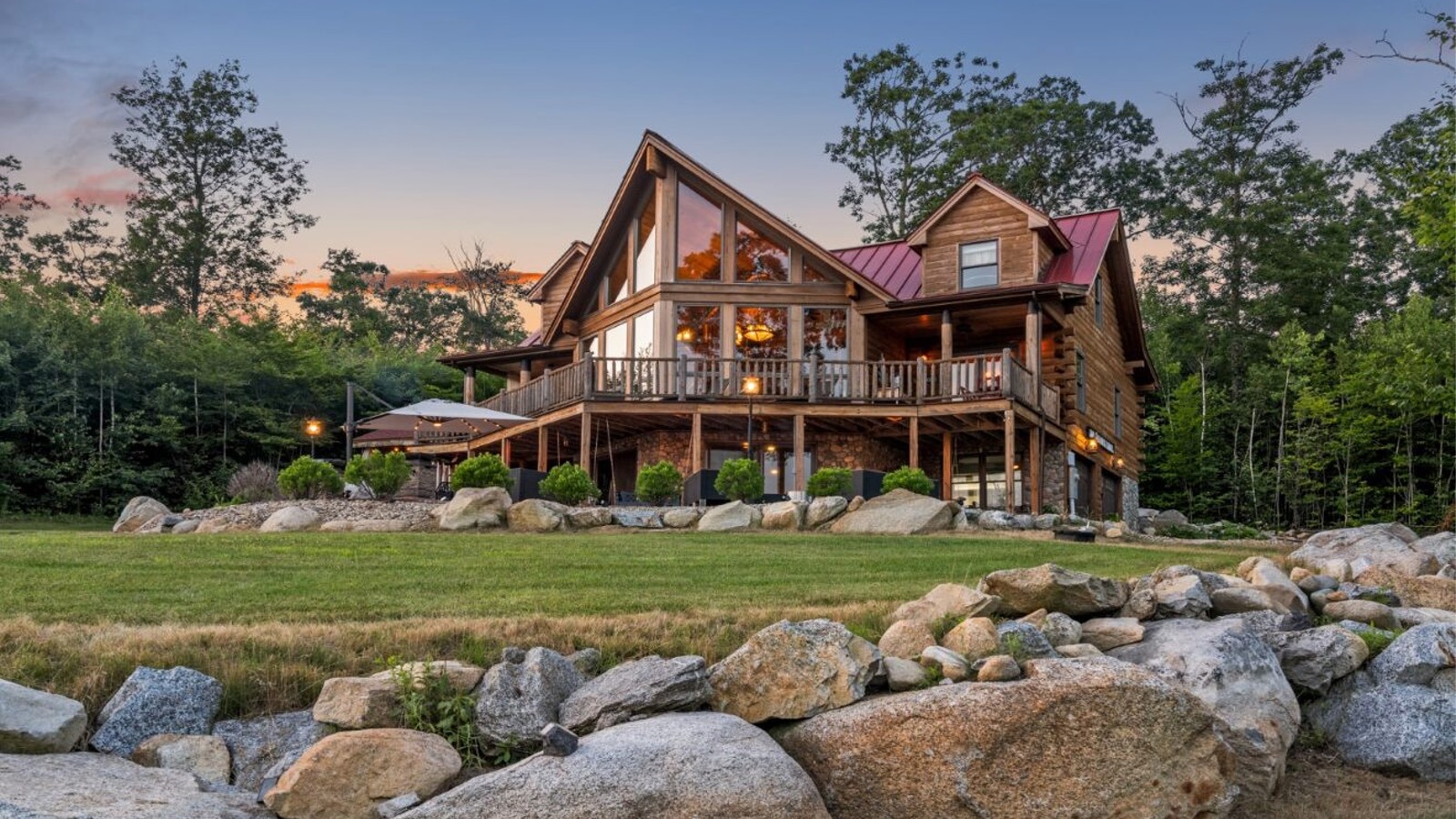
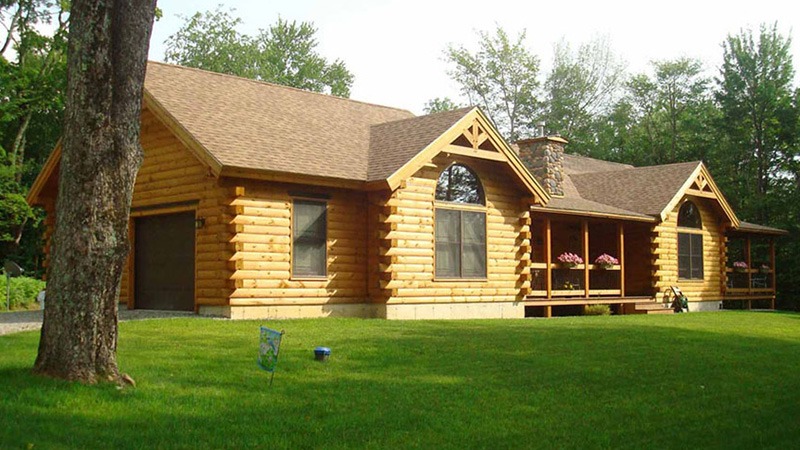
![[KAB-IN] Vermont - Renovated 1972 Real Log Homes Rental Cabin](https://realloghomes.com/wp-content/uploads/2019/03/Cavendish-KAB-IN-Woodstock-VT-51.jpg)
